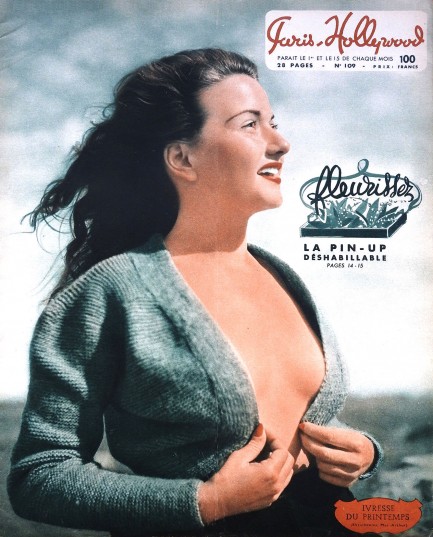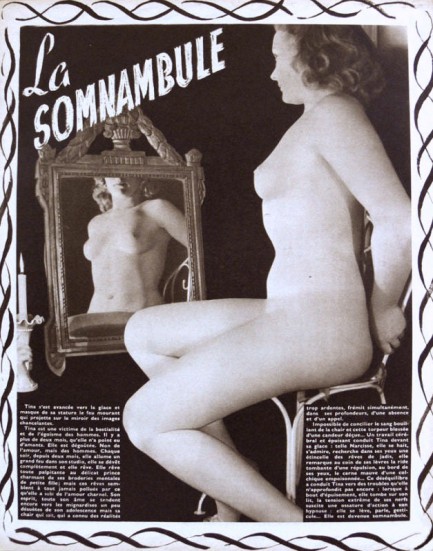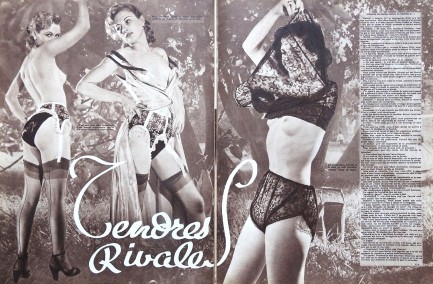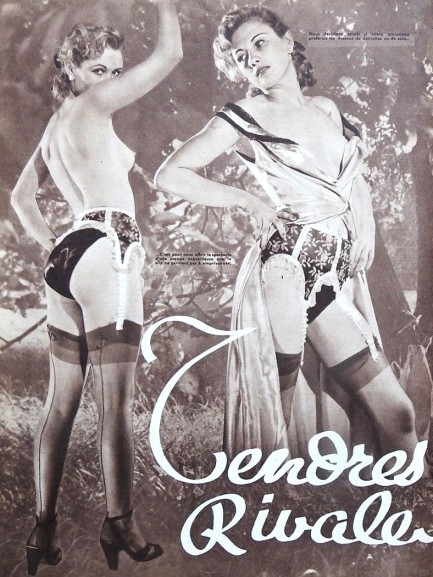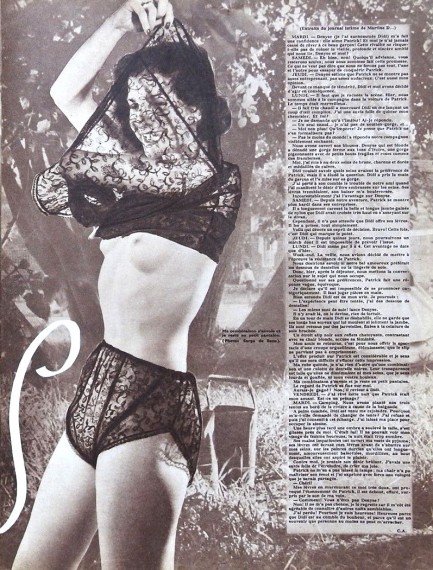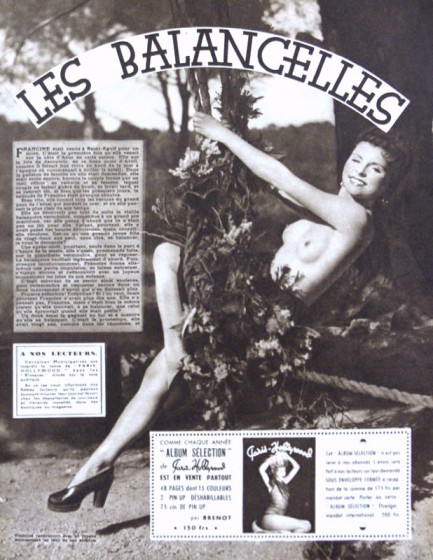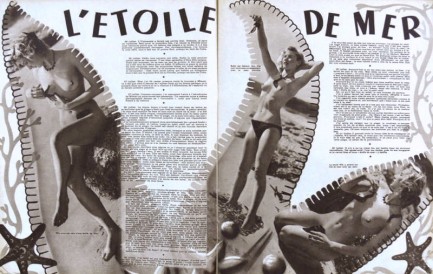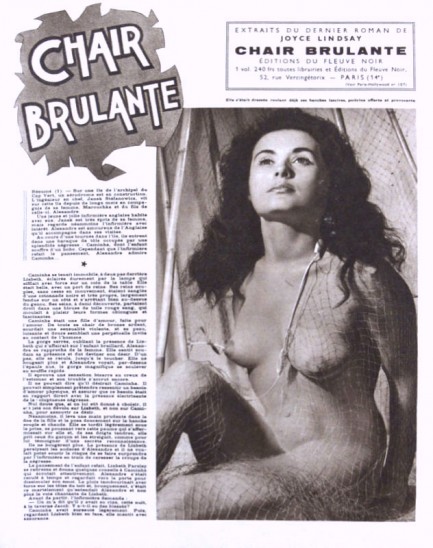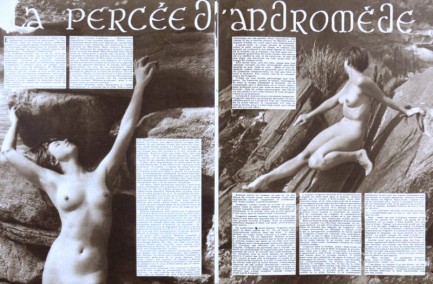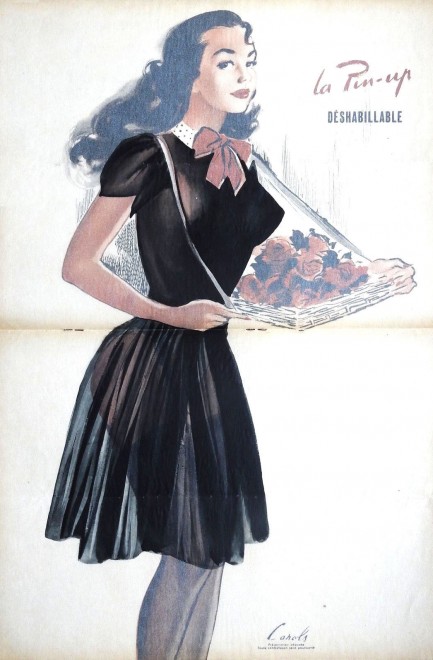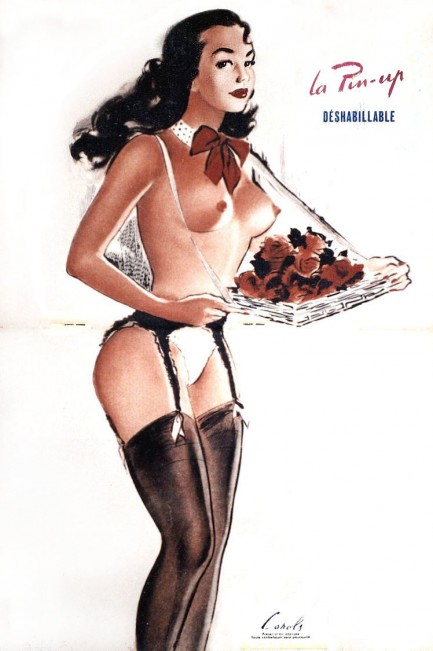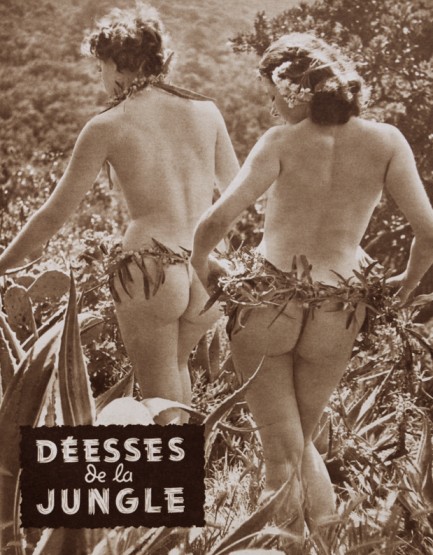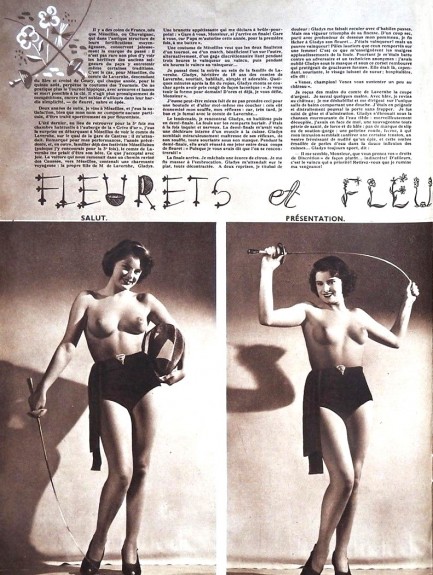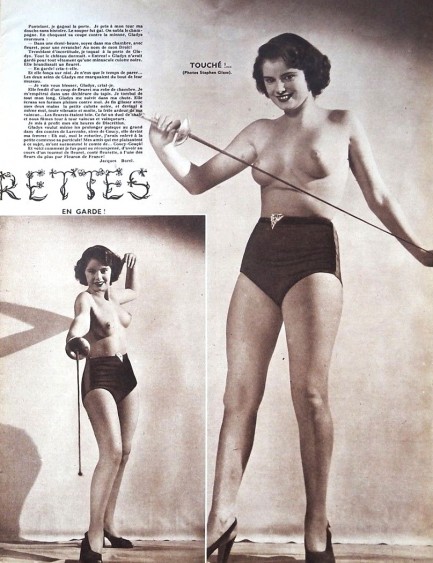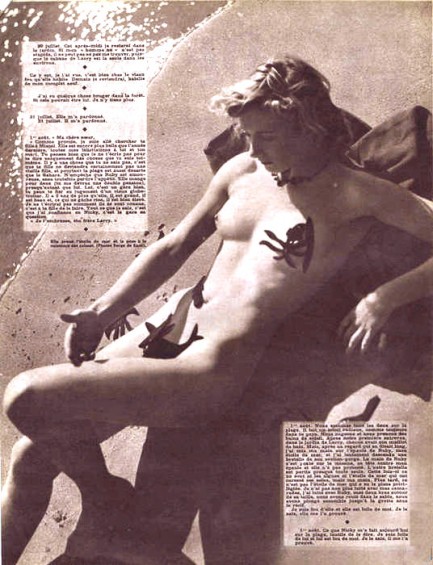 Mid-century girly mags are always a winning draw. 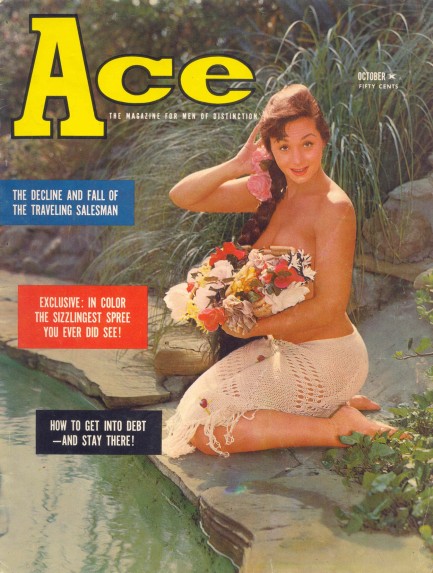
As the Cole Porter song goes, in olden days a glimpse of stocking was looked on as something shocking—and exemplifying that concept is Ace, the “magazine for men of distinction,” which debuted in 1957 during the height of the cheesecake era. In this day and age Ace is strictly kid stuff. But that's why it's cool to look back at. Like other publications of its ilk, Ace came along to fill the void left by the slow demise of mens adventure magazines, and as was typical, it grew more daring as the years went by, before finally folding in 1982, itself a victim of changing tastes and more rawness provided by porn mags.
This particular issue, published this month in 1960, features the usual mix of humor, adventure, and models, including the amusingly named Beverly Hills, aka Carla Henderson, who gets a spread inside plus the eye-catching rear cover, Eve Post, who the editors claim was discovered by Jack Benny, and Brandy Kayse, who poses as "Eve." Several of the models, such as Frances Beck, Lacey Kelly, Virginia Remo, and Pat Gregory, managed minor film roles. Elsewhere in the magazine there's plenty of nice art, plus the usual "fact" (men are polygamous?) and fiction. Multiple scans below.
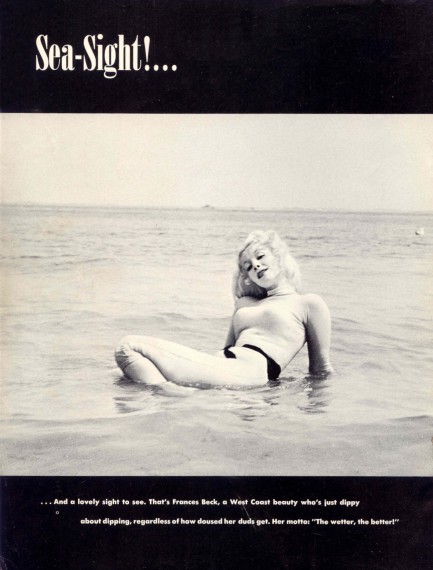 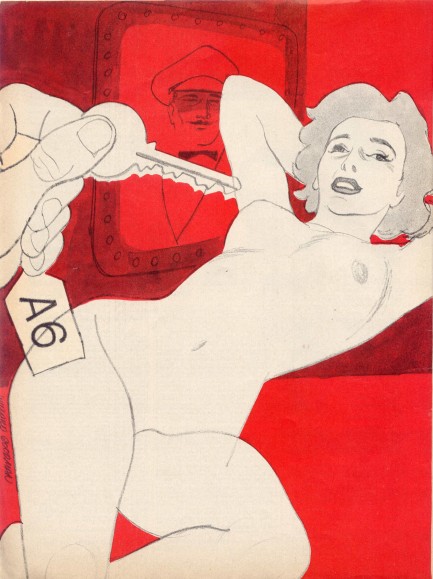 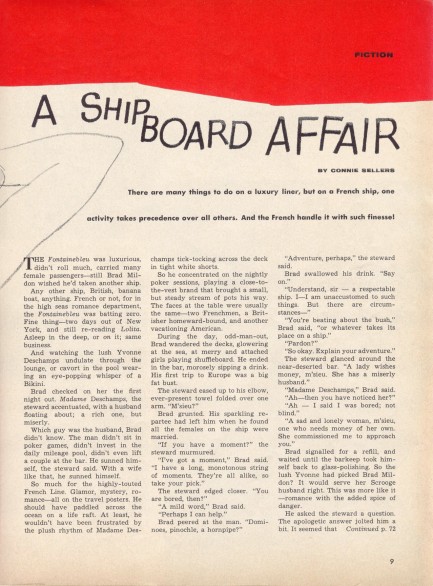 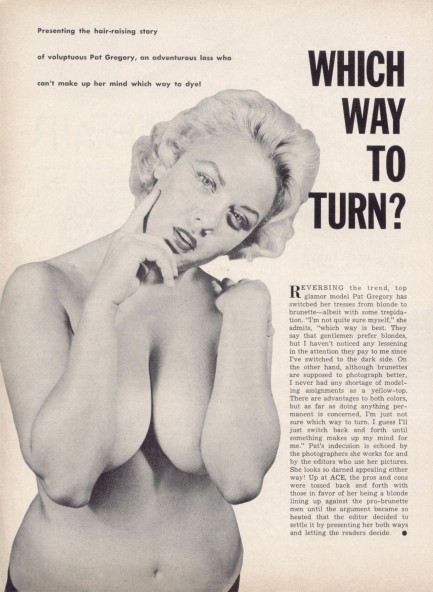 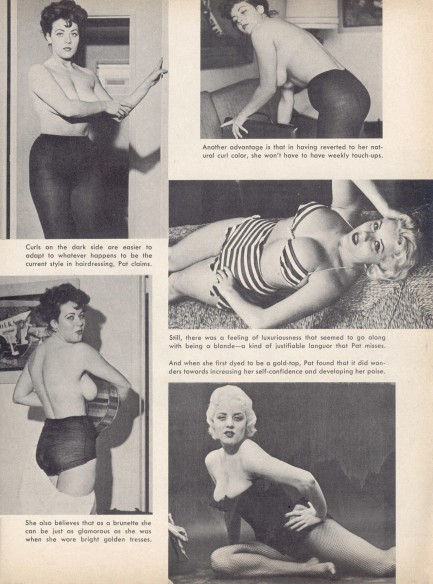 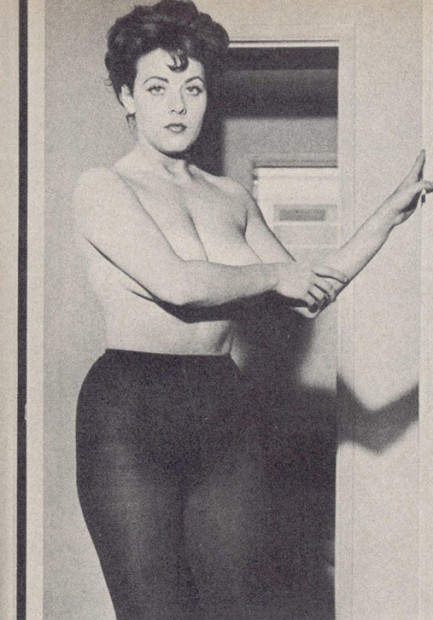 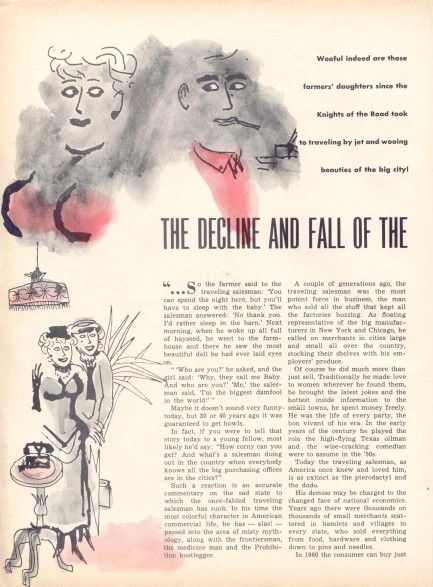 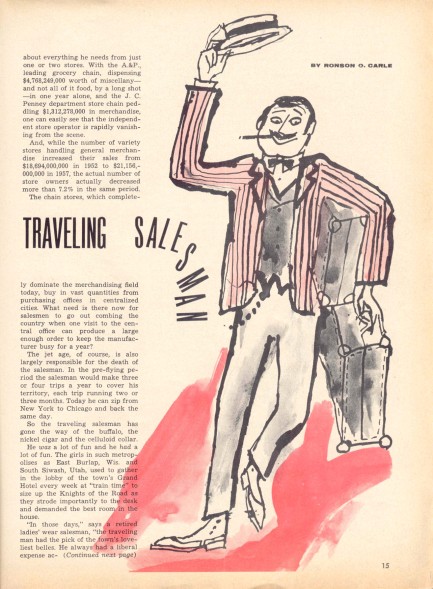 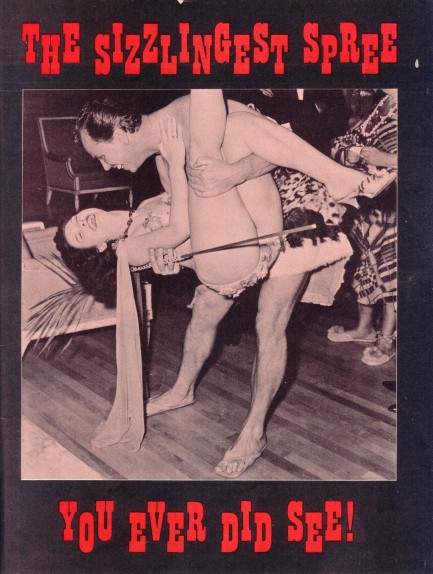 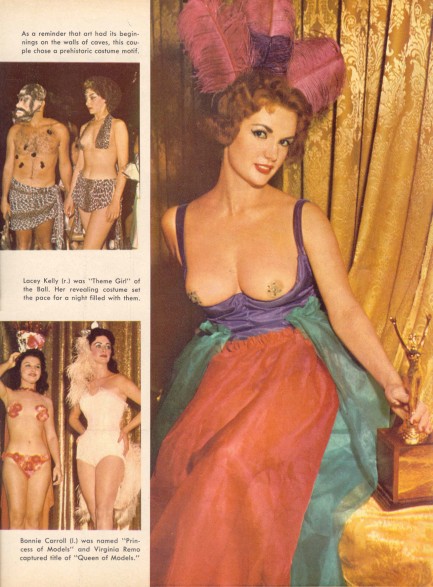 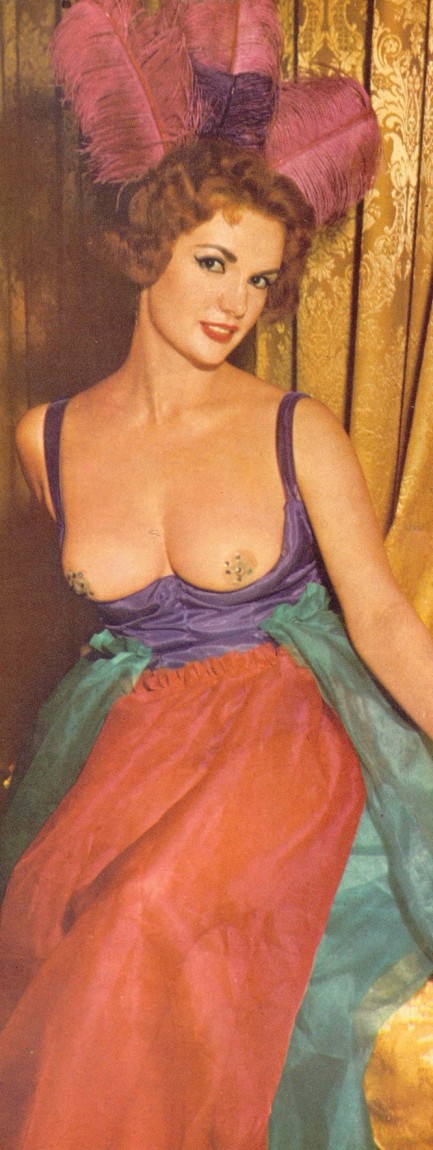 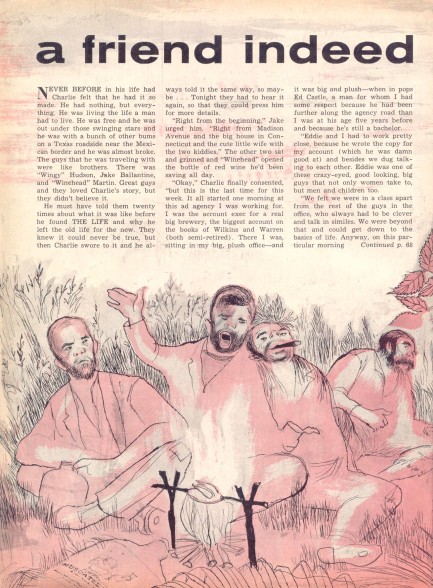 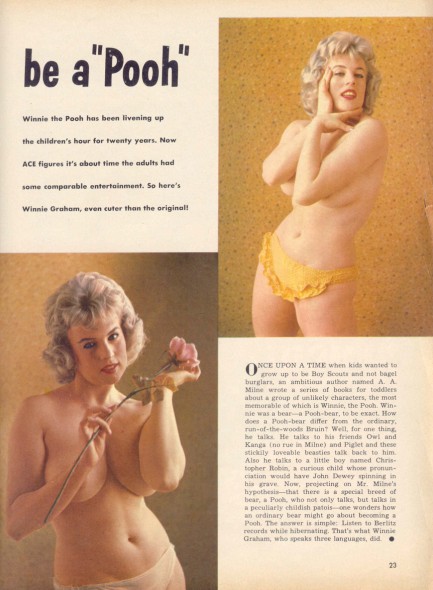 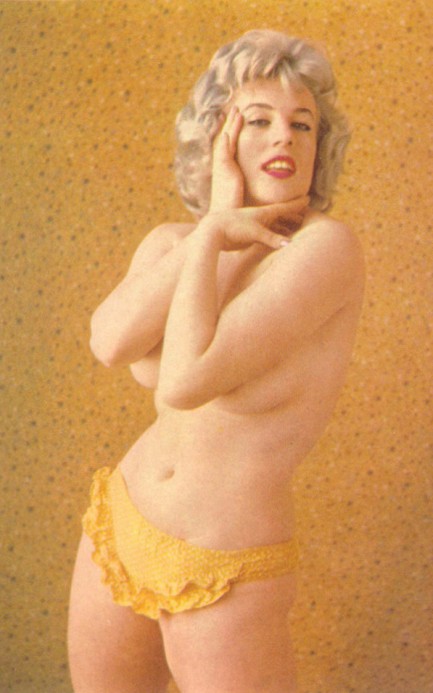 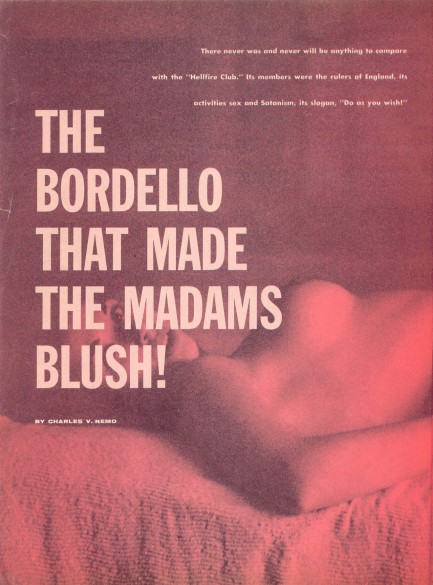 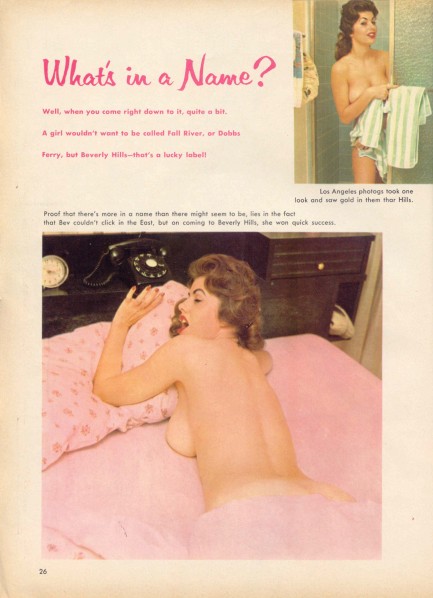 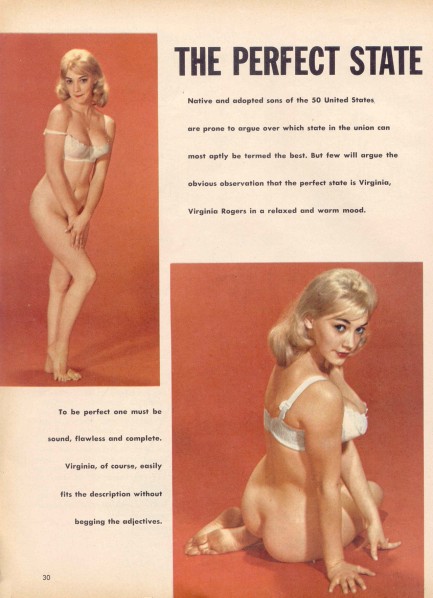 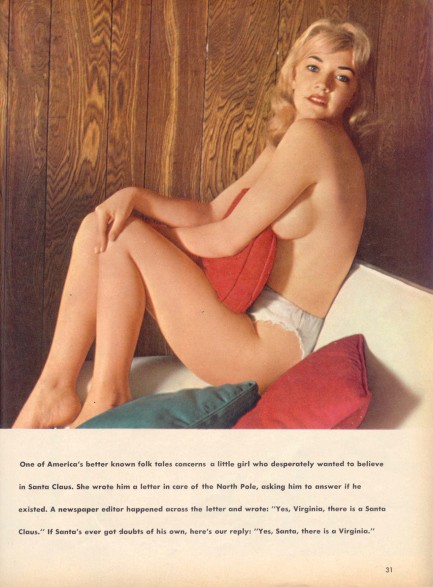 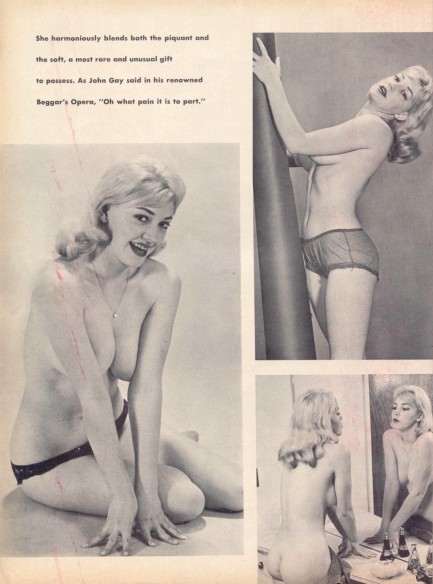 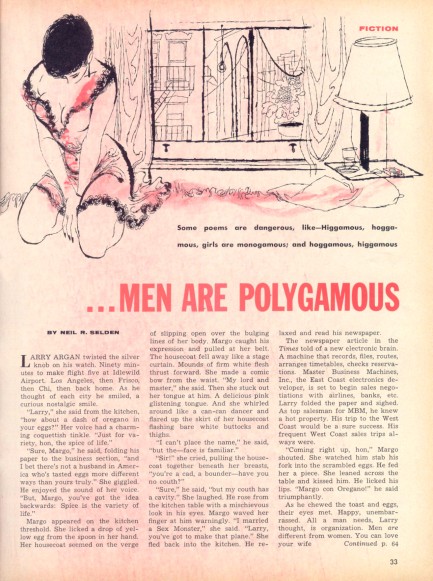 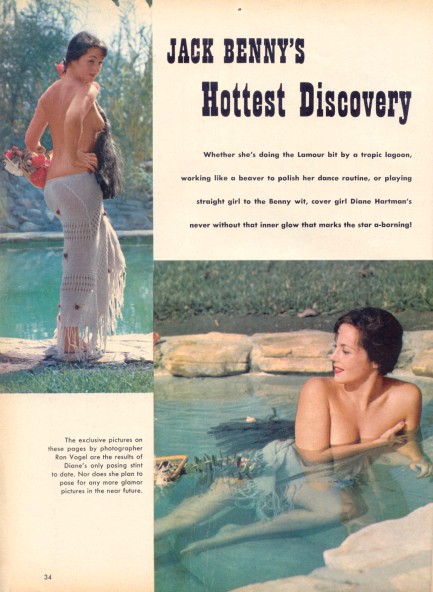  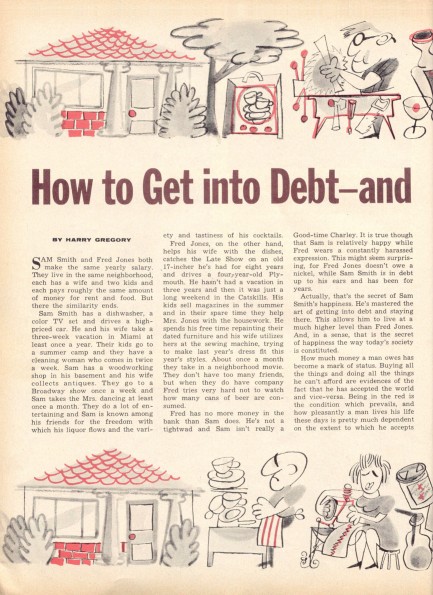 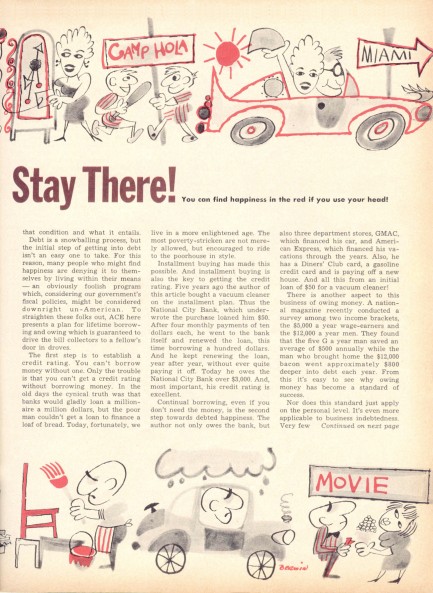 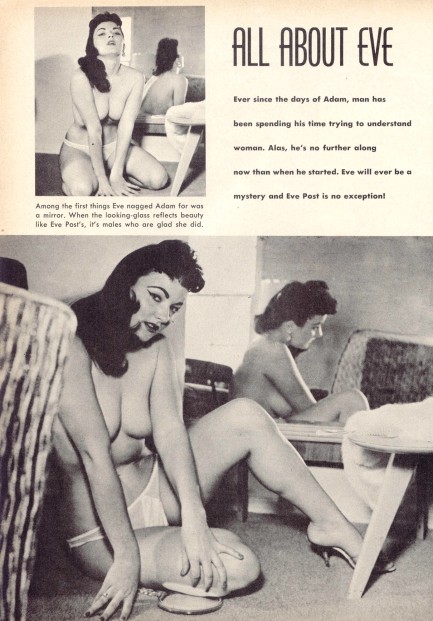 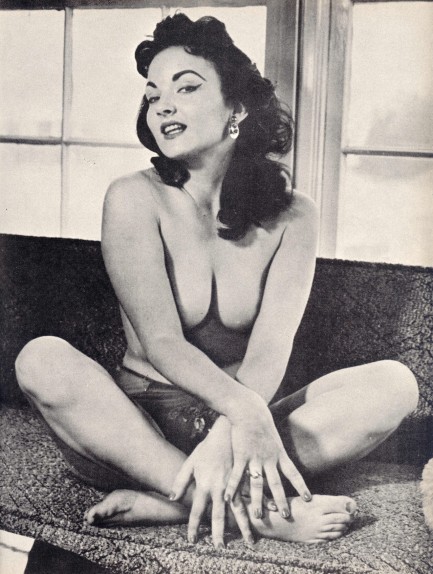 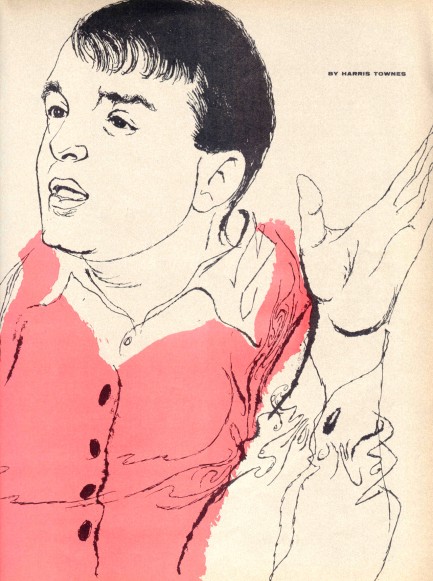 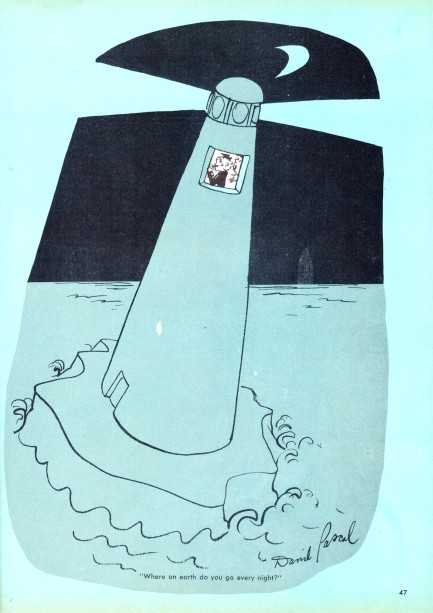 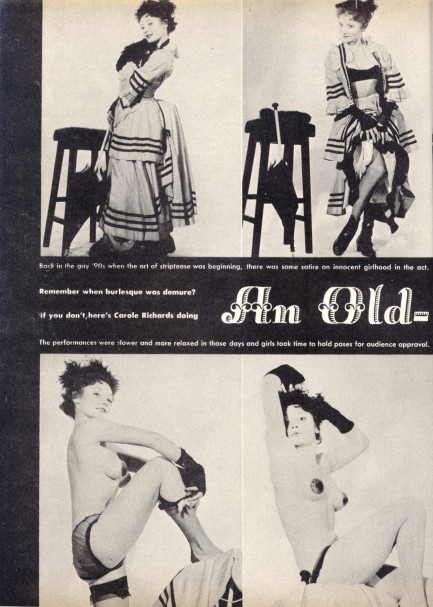 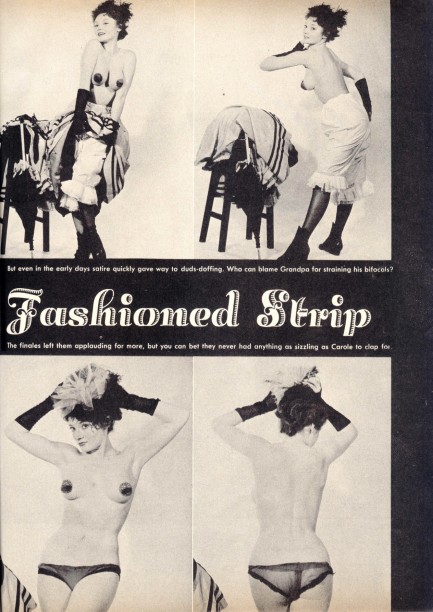 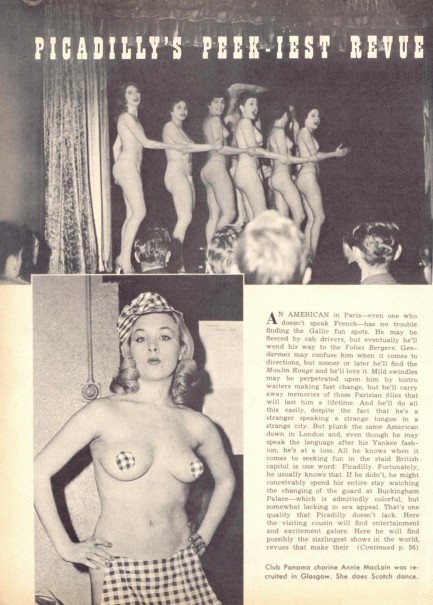 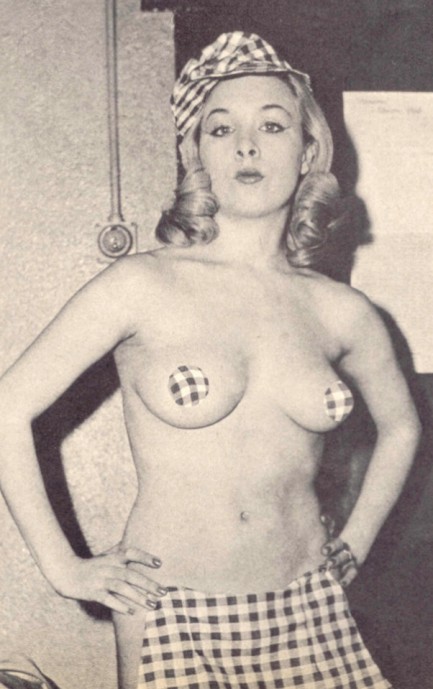 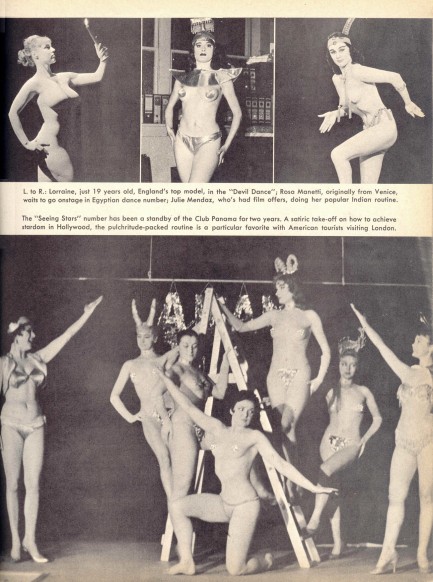 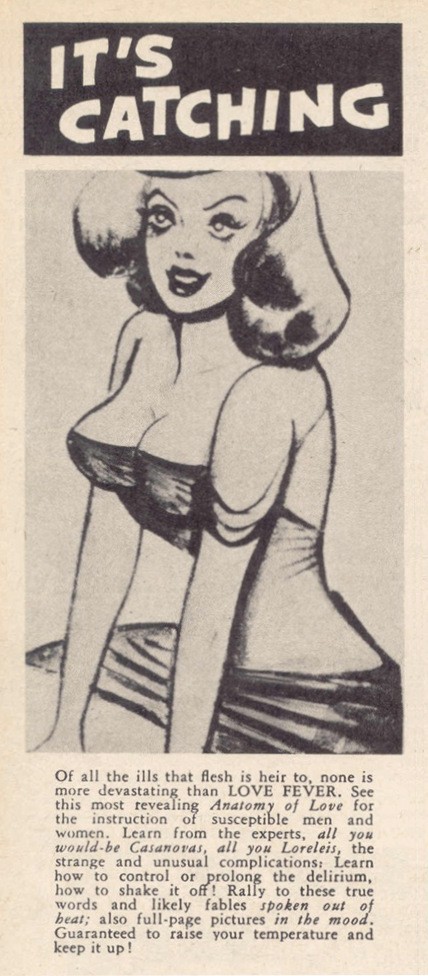 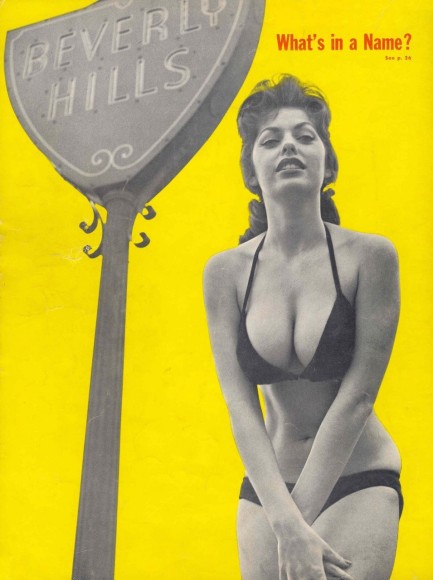
 They're as real as ink printed on paper can be. 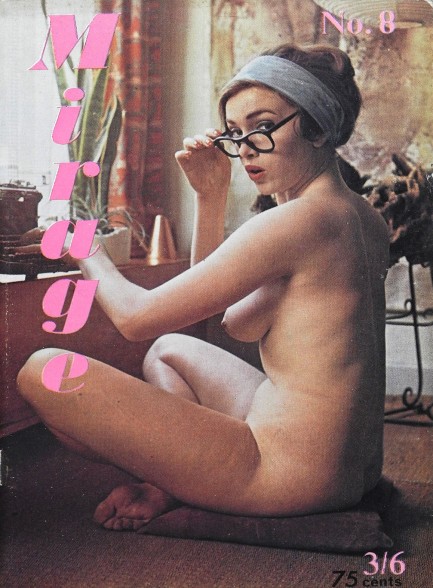
Above is the cover of a fun vintage nudie magazine called Mirage, made in London by an outfit known as Swanedge Publications. We like the name of the magazine. Glamour photography implies the ephemeral. You know what else is ephemeral here? Pubic hair. The muff-munching airbrush monster has struck again, removing the fuzzy bits and vaginal convolutions of a couple of models. Pubic regions as obscenity is something we talk about often here because we share a lot of Japanese nudes in which those areas are banned. The difference is that in Japan the models covered those parts in various clever ways so they still looked human. In the West underpaid guys in pre-press removed nether regions entirely and made the models sexless like Barbie dolls. We'll talk about this more later.
Mirage's cover star, who's typing in the nude very much the same way we write this website, is identified only as Anna. Inside the issue is a tri-panel centerfold of a model the editors call Alicia, and she's bracketed by other models named Wendy, Kismet, Jan, Ella, Sylvia, etc. All of those are professional names, we assume. Meanwhile the photographers work under probable pseudonyms too, we suspect, such as Don Pleasance and Len Humber. There's no copyright on the magazine, therefore only someone who was around at the time could say for sure when it appeared, and that leaves us out. However, the look of it says mid-1960s to us. It's a nice publication. There are more pages, but only so much scanning time in the world. Maybe we'll return here later and do a more thorough job.
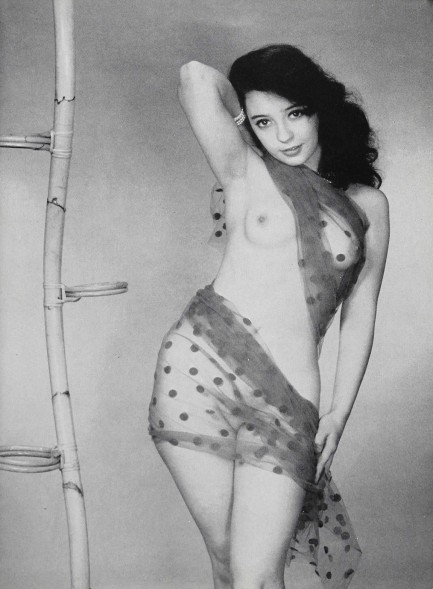 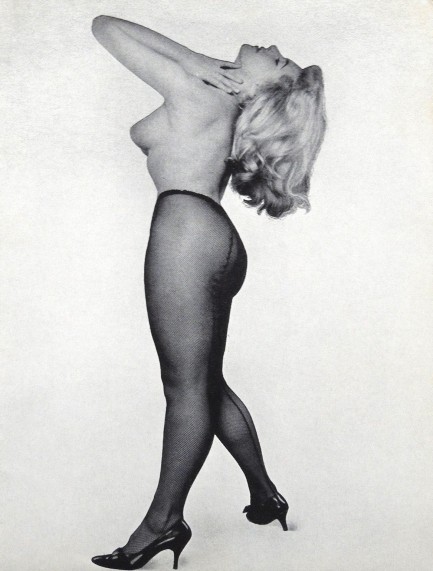 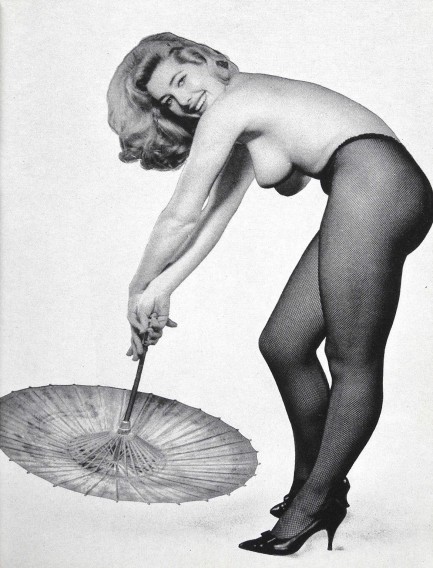 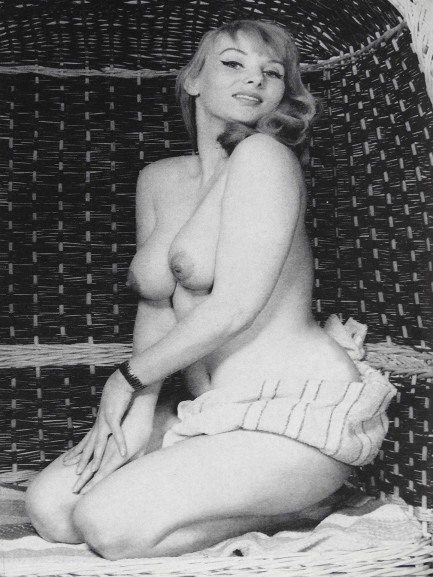  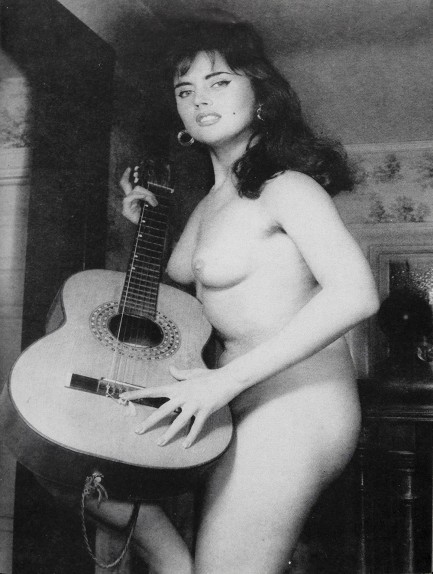 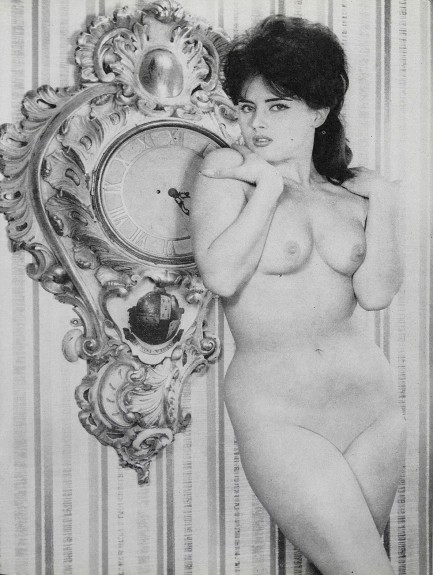 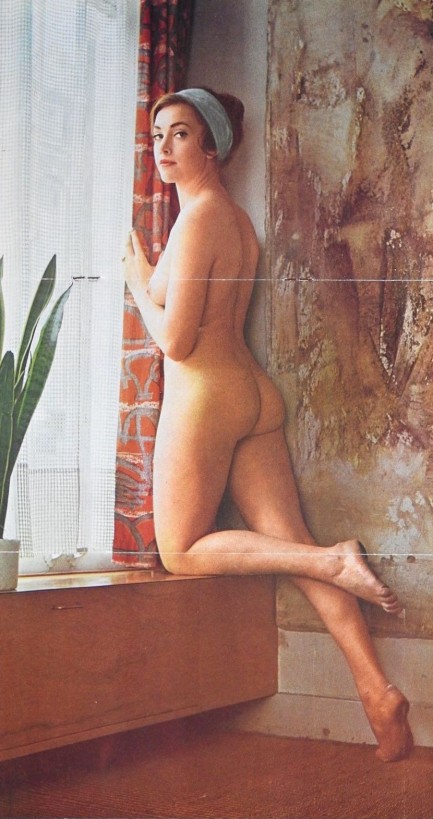 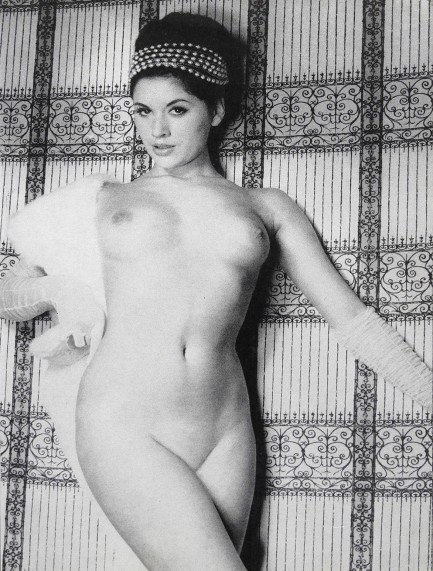 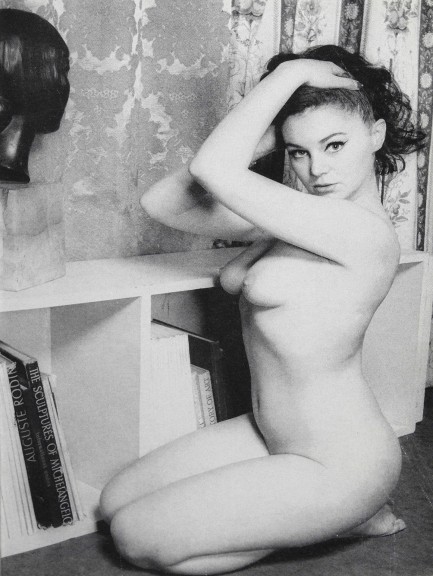 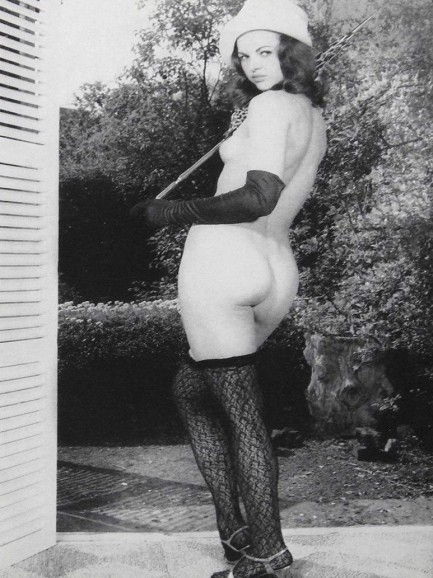 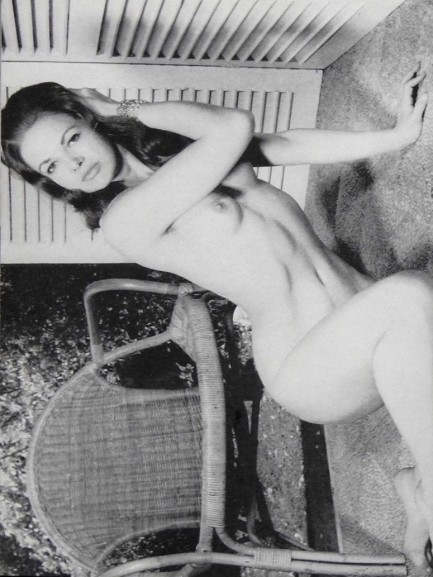
 I know. I have a weird tan line. This season's French bikinis are very avant-garde. 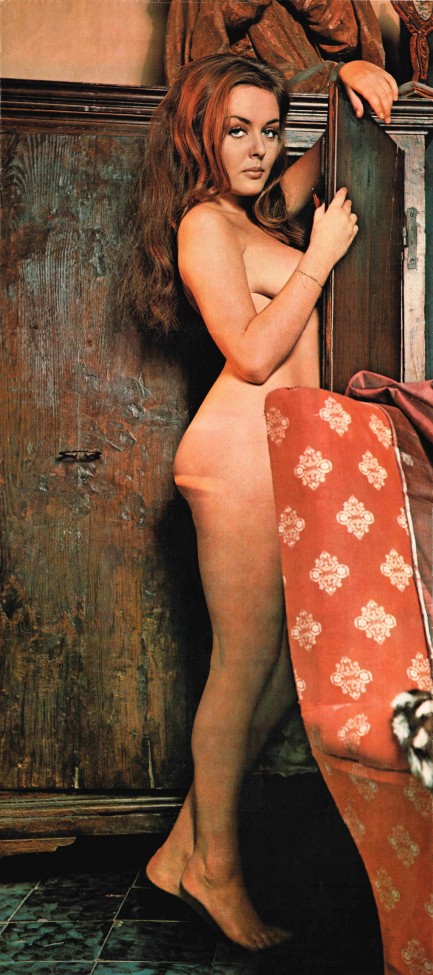
The above shot of French actress Dominique Badou, sometimes spelled Badoue, appeared in the Italian magazine Men in 1967, and yes, she has a strange stripe on her derriere, but it's in the photo. Maybe it's a pale spot where she was wearing a swimsuit. That would be one strange swimsuit, but she's French, so anything's possible. Badou made seven films, six of the roles credited, among them Camille 2000, Blindman—which we talked about a while back—and 1971's Anche per Django le carogne hanno un prezzo. That last one was titled in English Django's Cut Price Corpses, and you know what we're going to say next: absolutely must watch. If we find it we'll report back.
 Ciné-Revue was the go-to publication for movie stars seeking exposure. 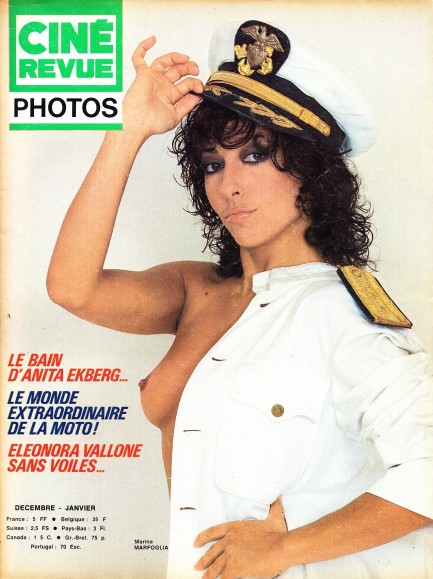
Here's your official Christmas gift, a prime example of that mid-century phenomenon we discuss often, the intersection of mainstream and adult cinema during the sixties and seventies. Ciné-Revue, which was published in Belgium and distributed there and in France, Switzerland, Canada, Portugal, Britain, and the Basque region of Spain, was at the vanguard of that idea. It highlighted both popular stars and their adult counterparts, blurring the line between the two. It wasn't hard to do. Famous performers often acted in sexually oriented films, and Ciné-Revue was a platform that helped cinematic explorations of sexual ideas be taken seriously.
The issue you see above is the cover of Ciné-Revue Photos 49, a visual compendium of actresses both world famous and somewhat obscure. The names run the gamut from Anita Ekberg to Marina Marfoglia. Marfoglia gets the cover, while Ekberg gets the rear, and that's exactly what we're talking about—the obscure elevated over the known. Both are also featured in multiple pages inside—but while Ekberg gets seven, Marfoglia gets eight and the centerfold. The issue is about a hundred pages, but we're unable to put together a post that long. Instead, we've selected some of the nicer images to warm up this winter day. Enjoy, and don't worry about us slaving over a computer. We put this collection together last week. Right now, on Christmas, we're traveling with the PIs.
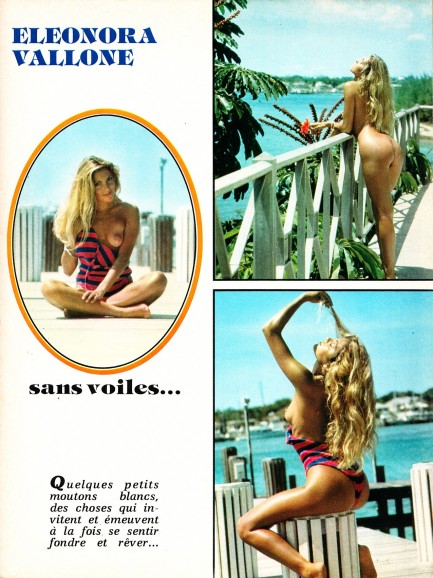 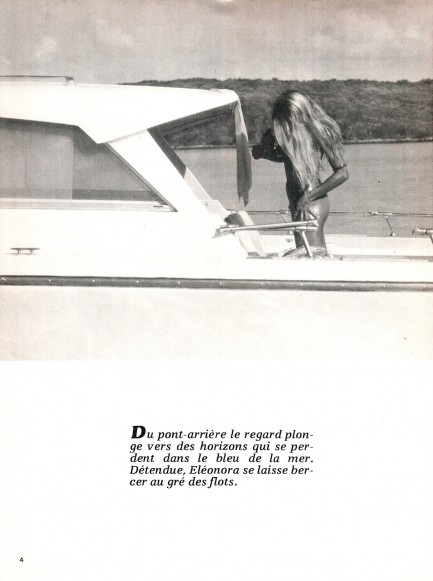  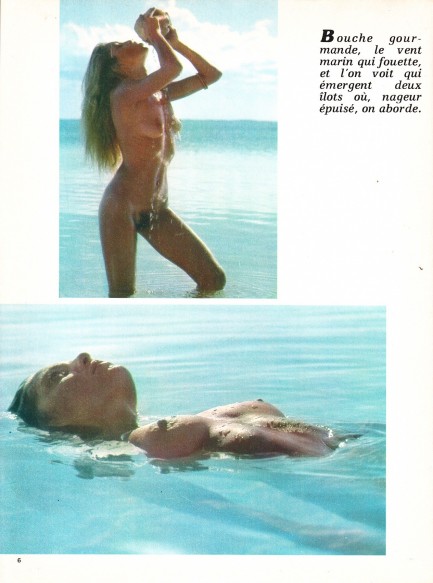 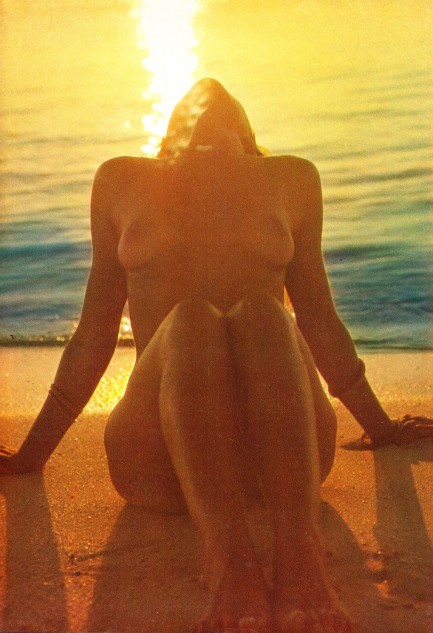 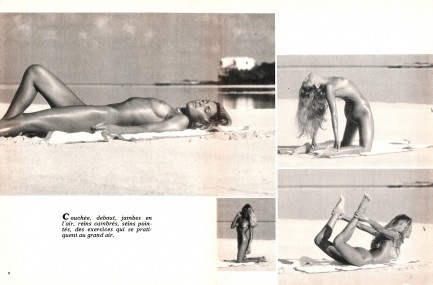 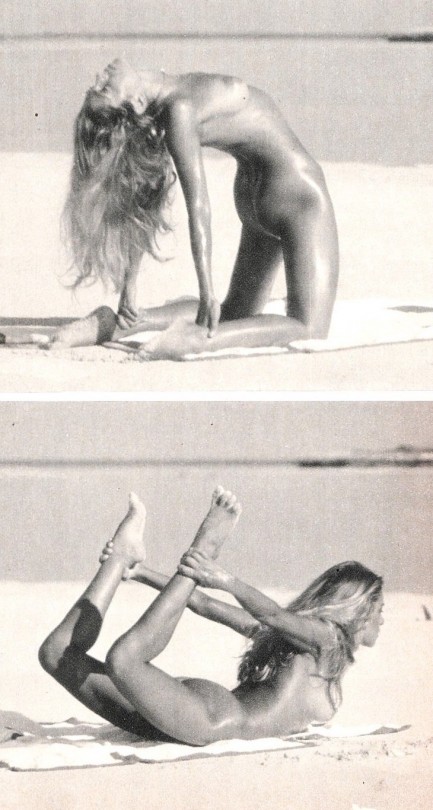 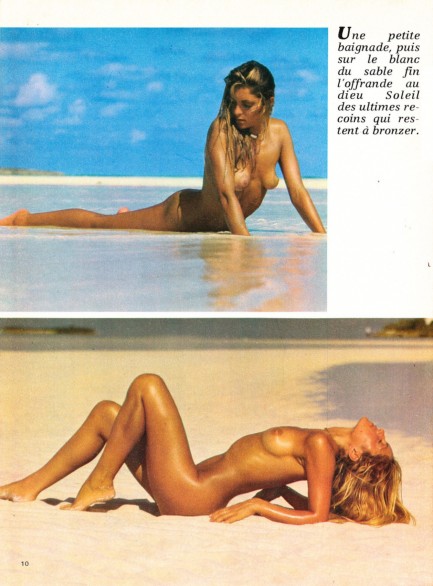 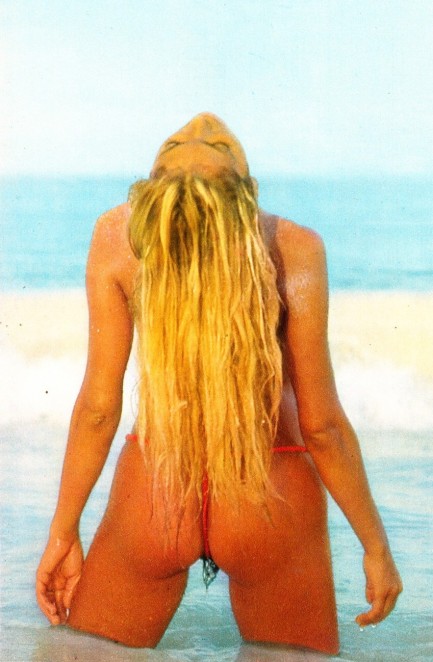 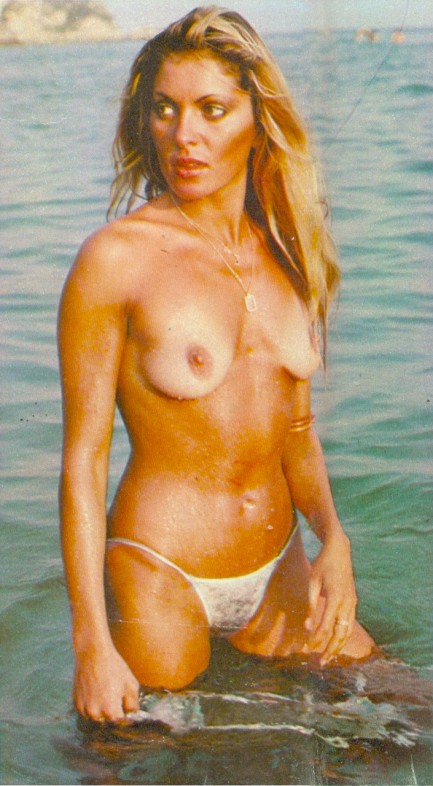 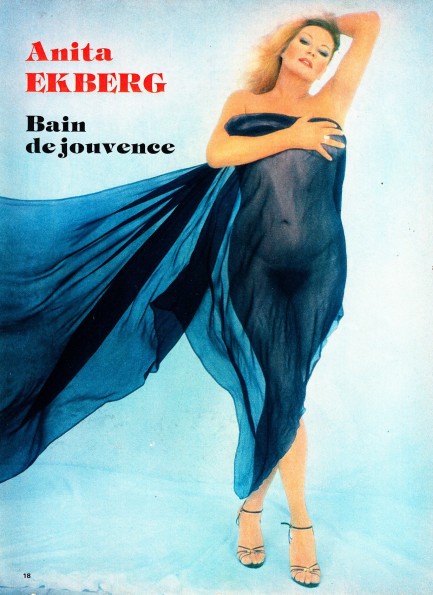 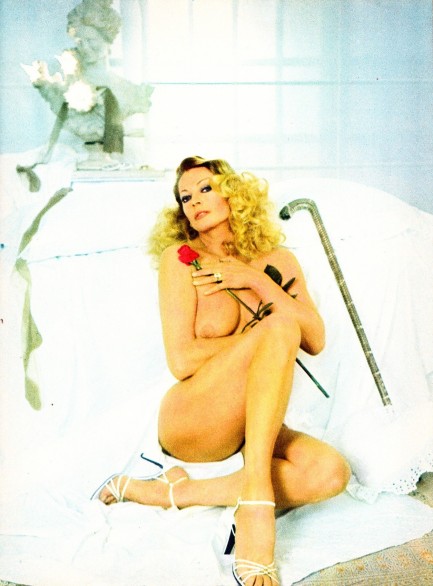 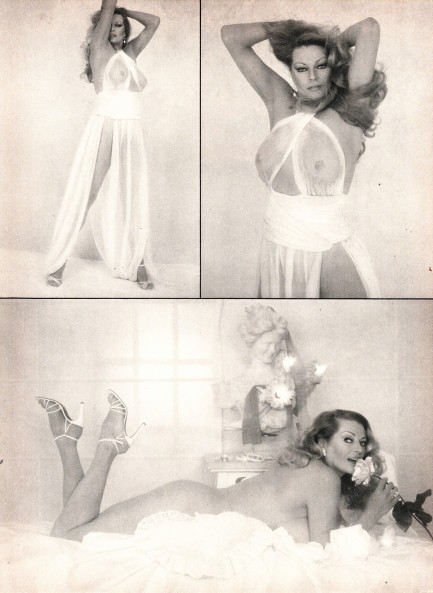 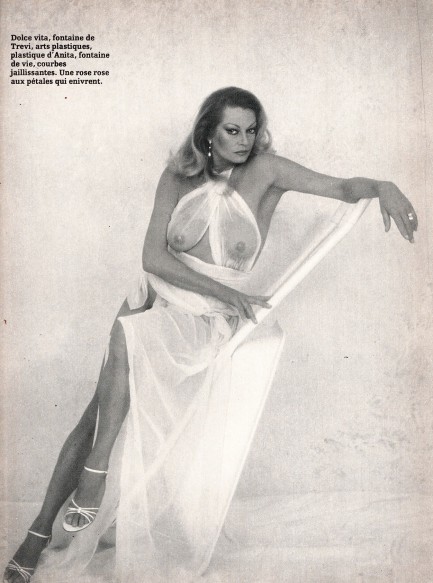 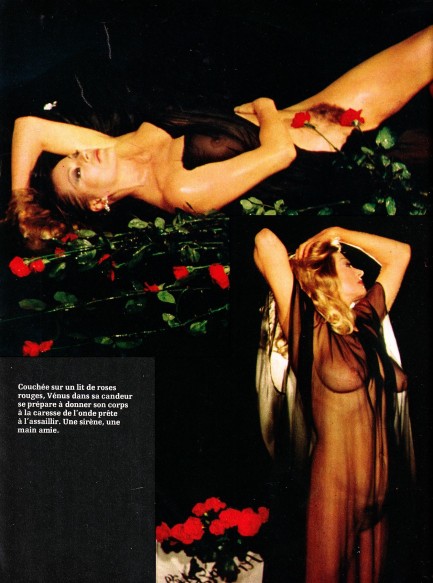 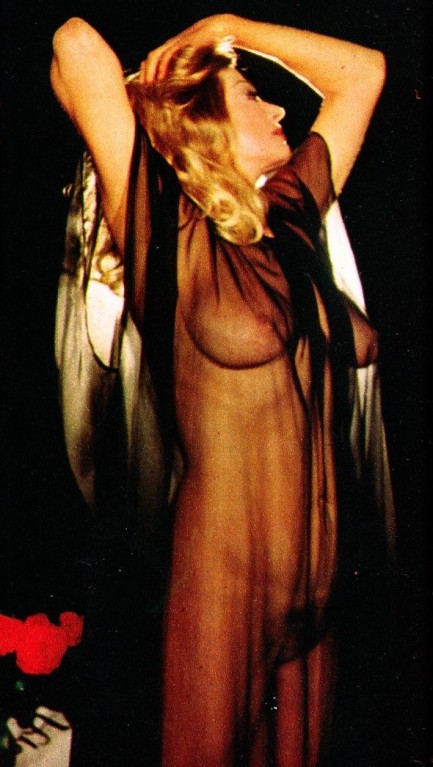 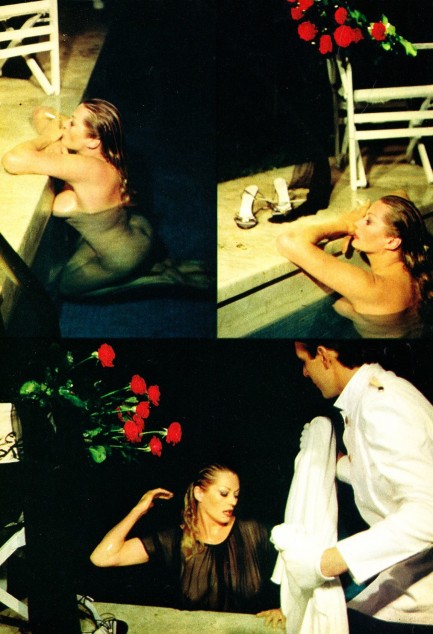 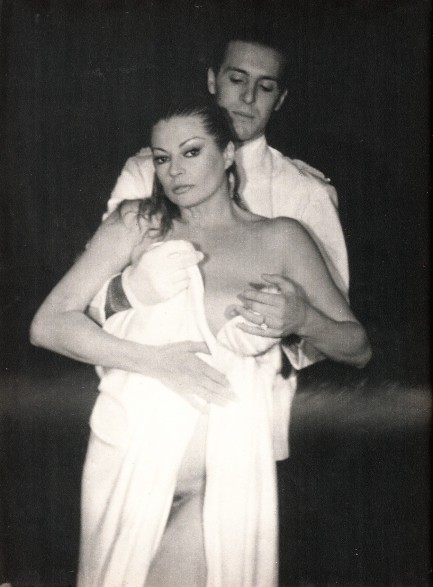 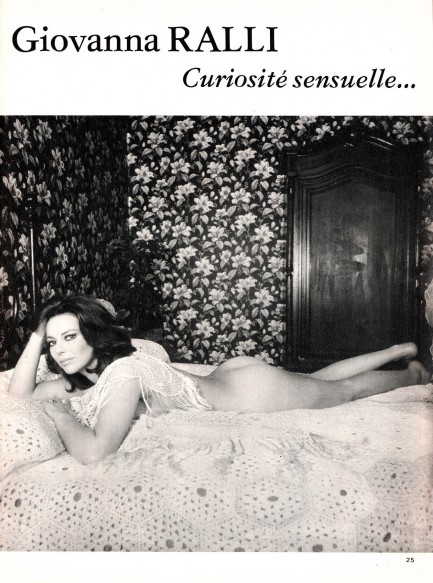 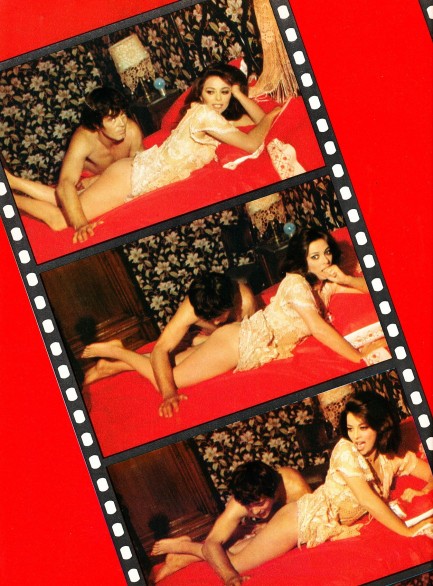 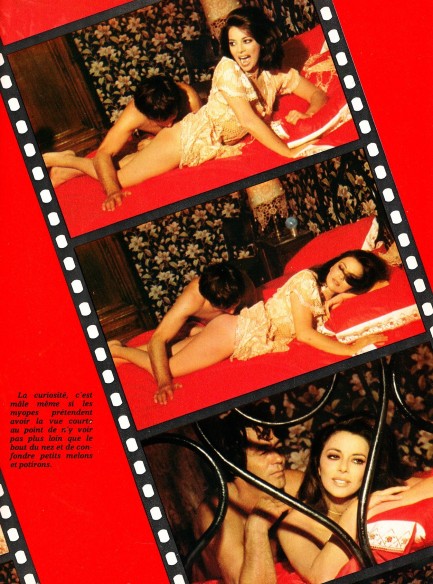 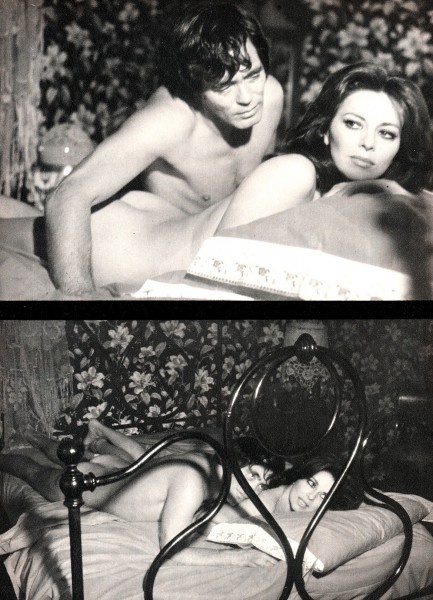 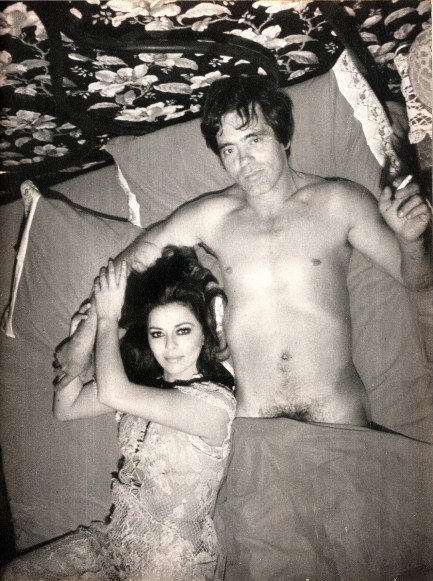 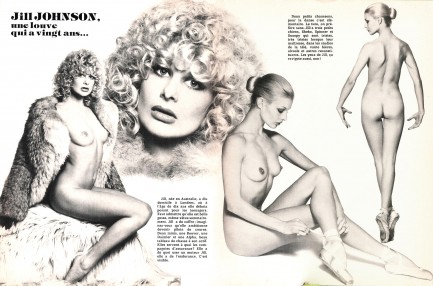 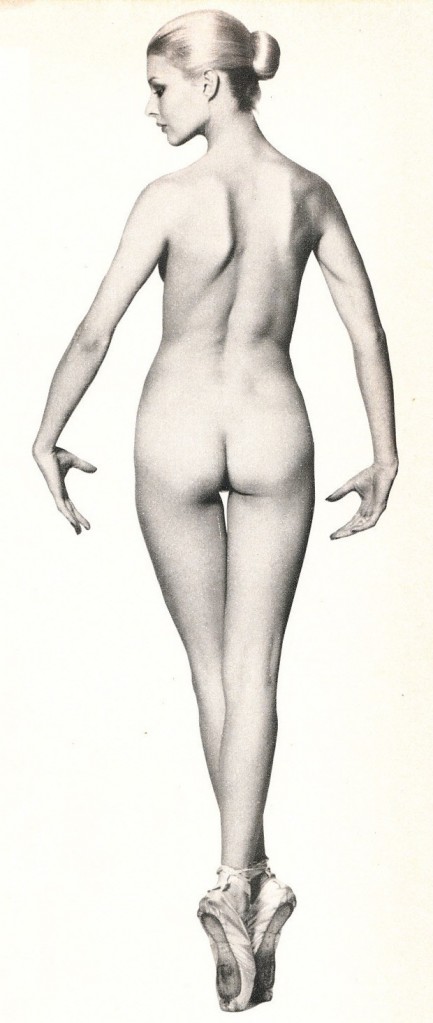 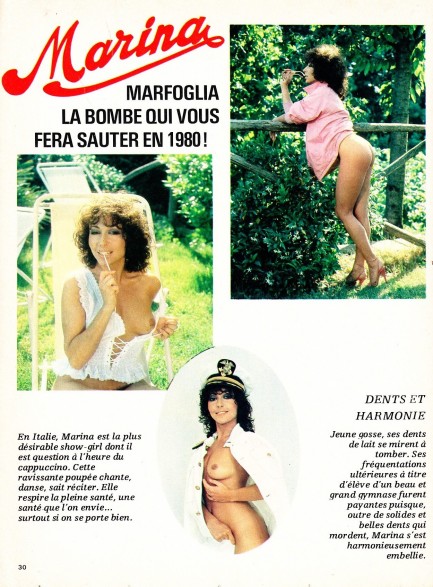  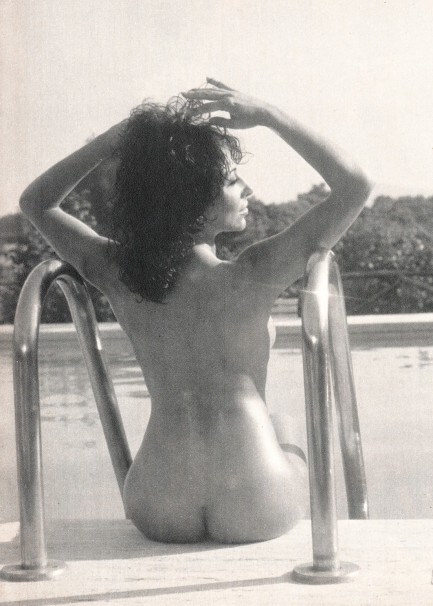 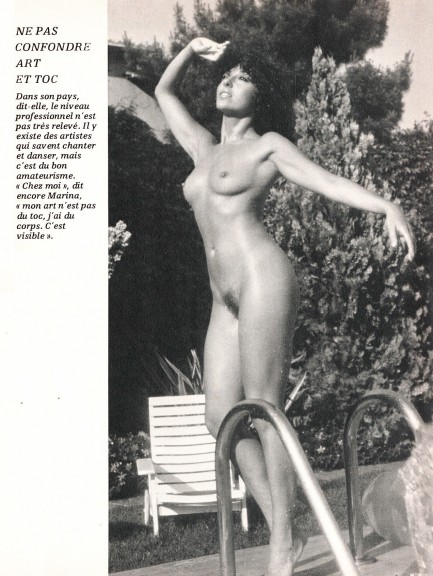 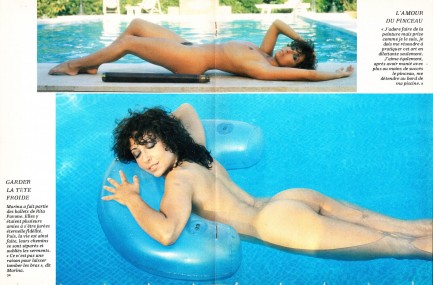 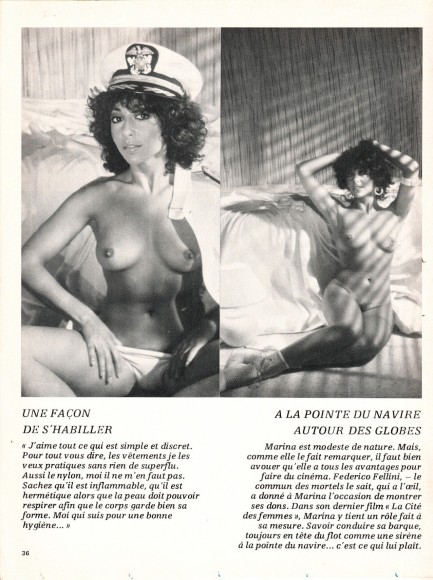 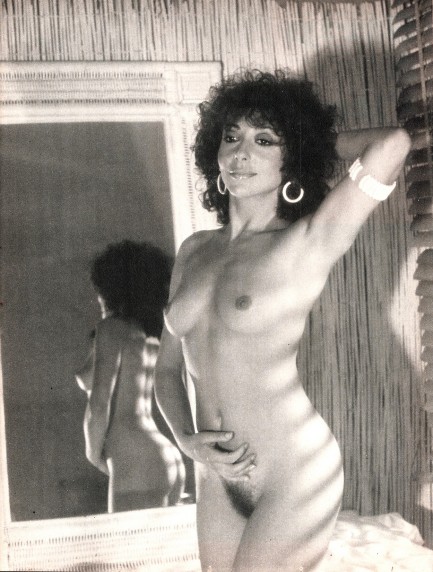 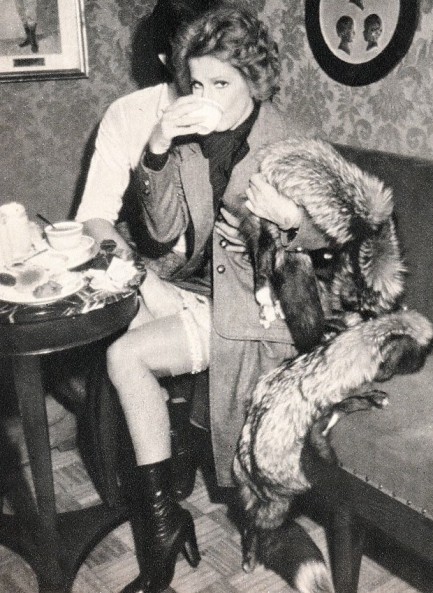 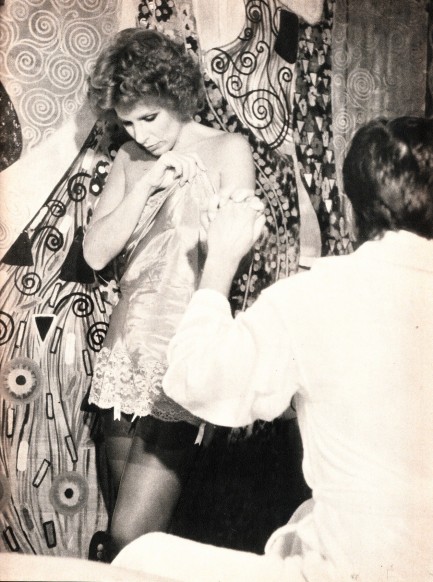 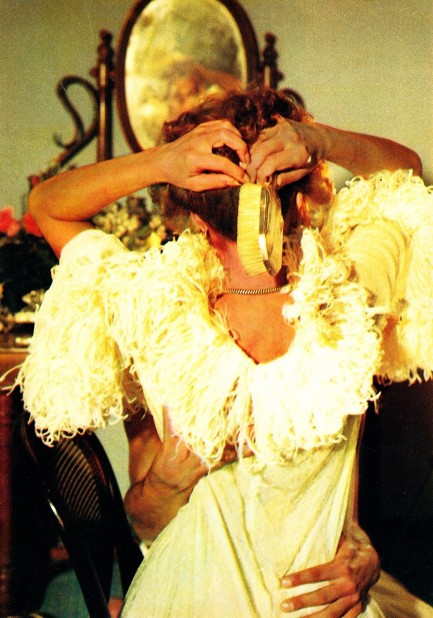 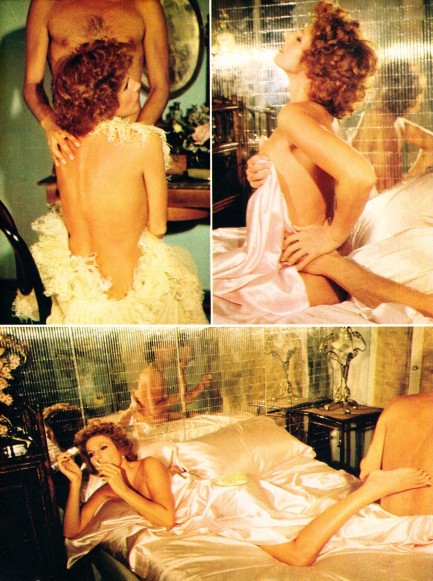 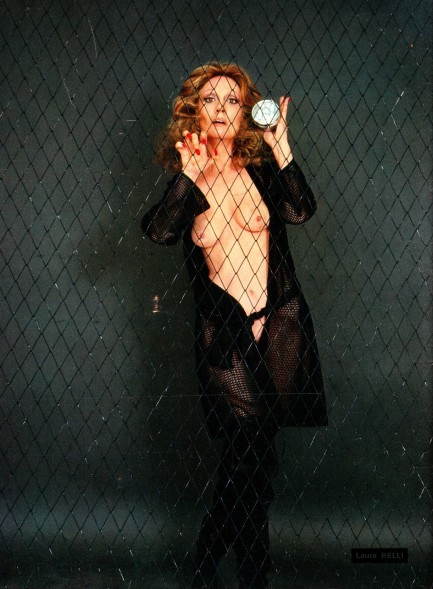 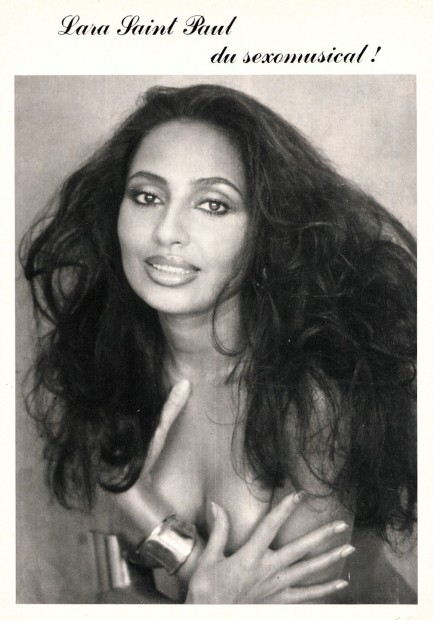 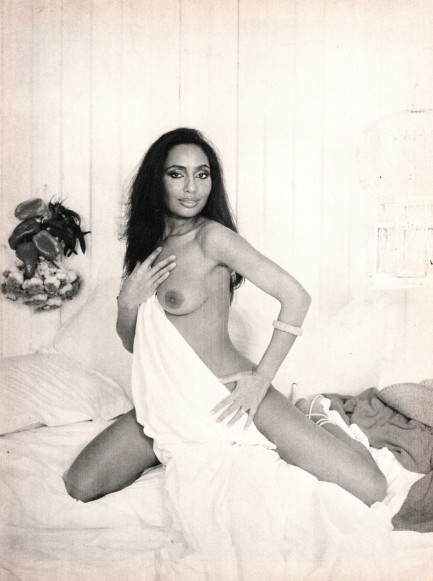 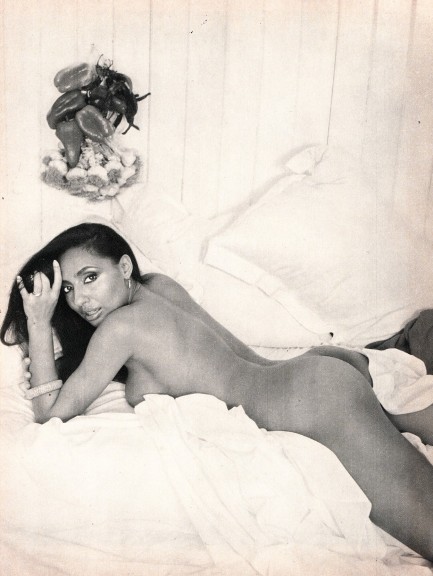 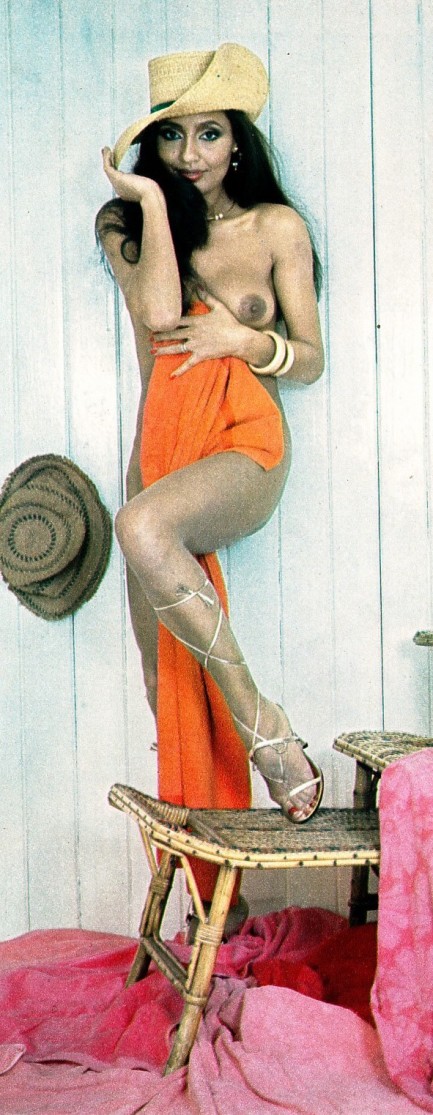 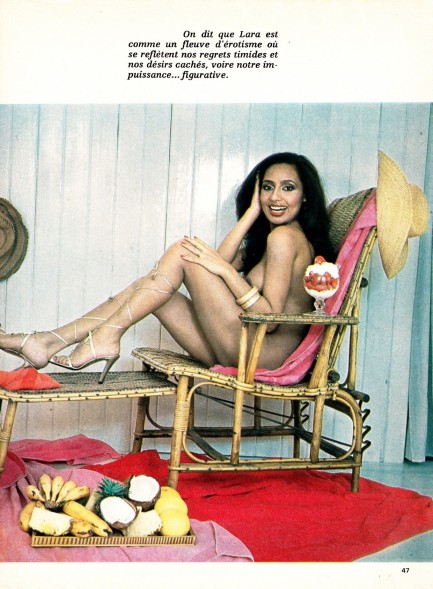 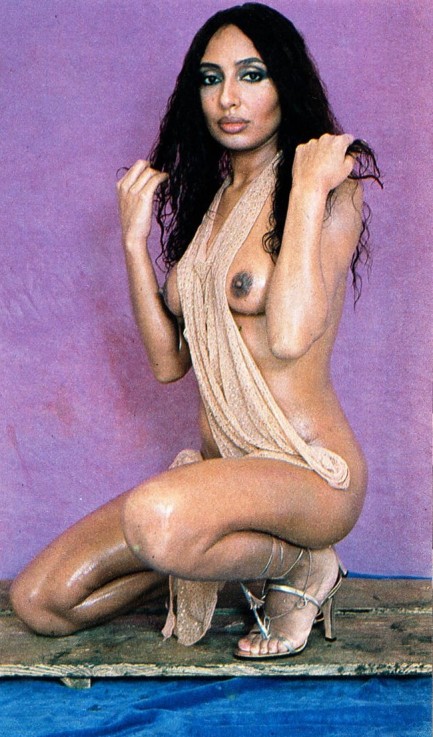  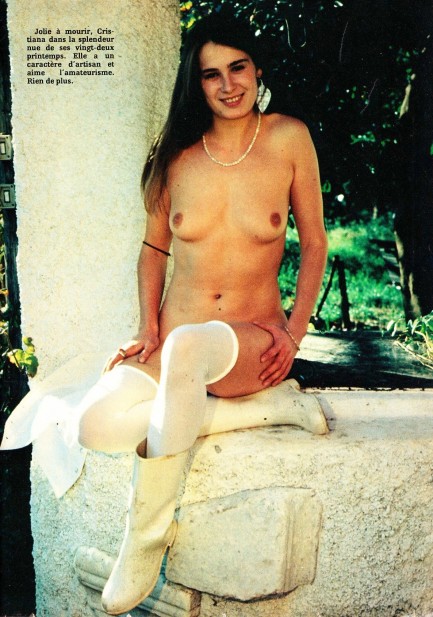 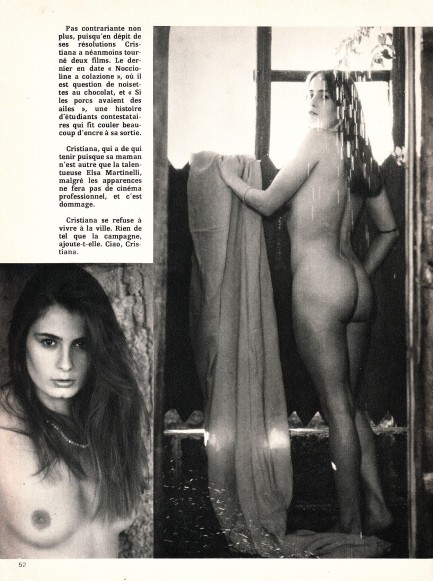 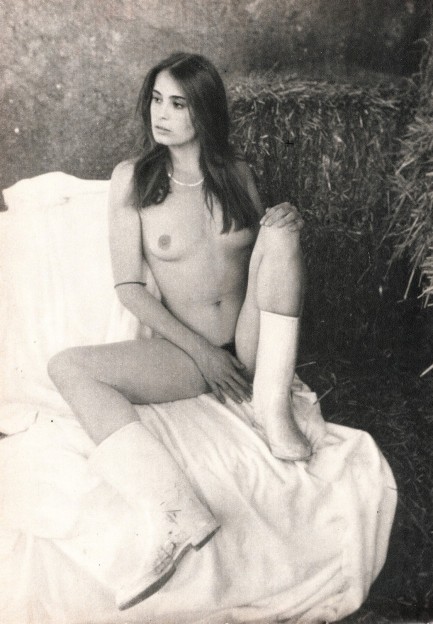 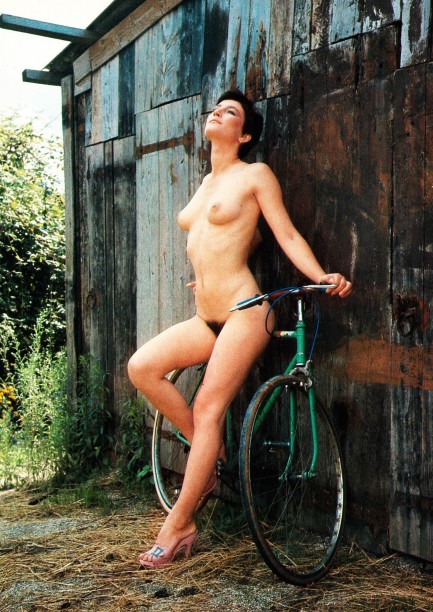 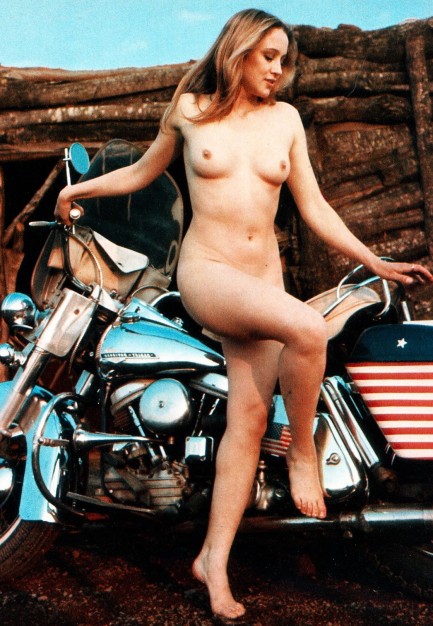 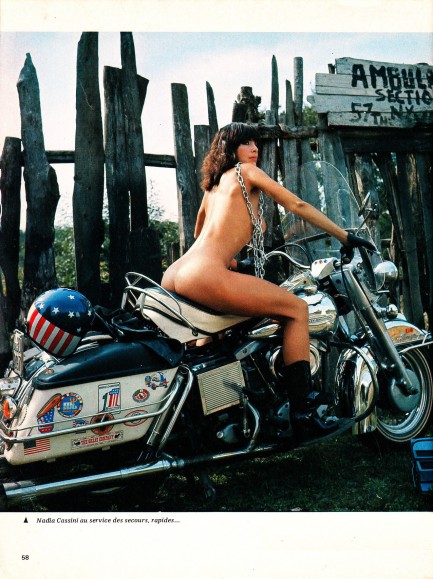  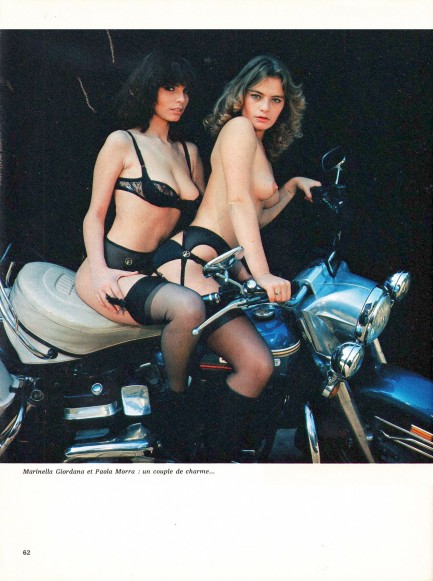  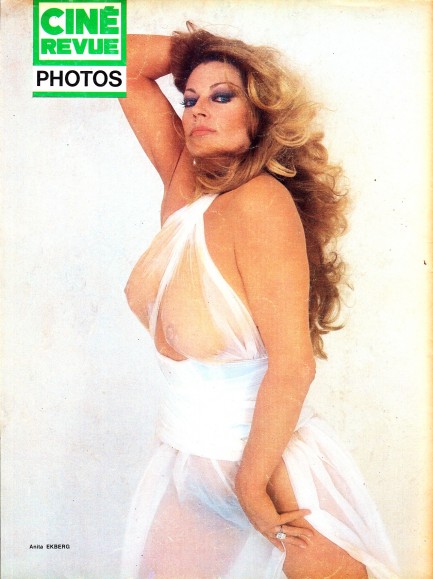
 Go in the water? That's the freaking North Sea you're talking about. 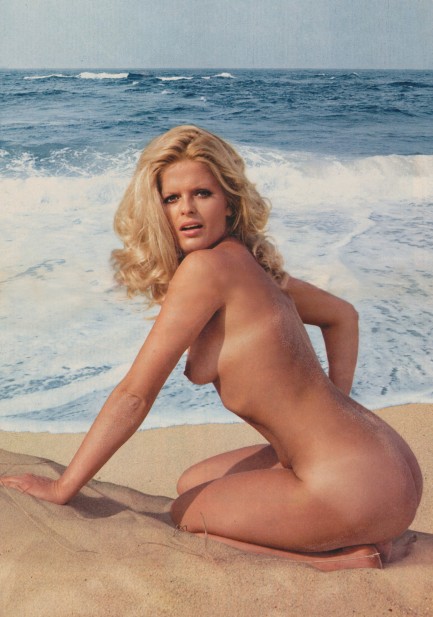
It's been a few years, so we're returning to subject of German actress Karin Schubert today with this brilliant shot that first appeared as a centerfold in the West German magazine Sexy, a publication that did this sort of thing often. Schubert is a unique figure. She was born in Hamburg during wartime in 1944, debuted in cinema during the late ’60s, then, after establishing herself as a mainstream actress, went into porn. We talked about that in detail here, and we also mused on the relationship between mainstream erotic films and xxx movies, with her as an example, at this post. The latter link contains some of our ponderings concerning nudity on our website, so you may be interested in that, and if so, we go into more detail on that subject here, and talk about the entire purpose behind the site here. The above shot dates from 1971. And by the way, Germany does have some nice beaches—when they aren't covered by snow.
 Oh what a wonderful Day. 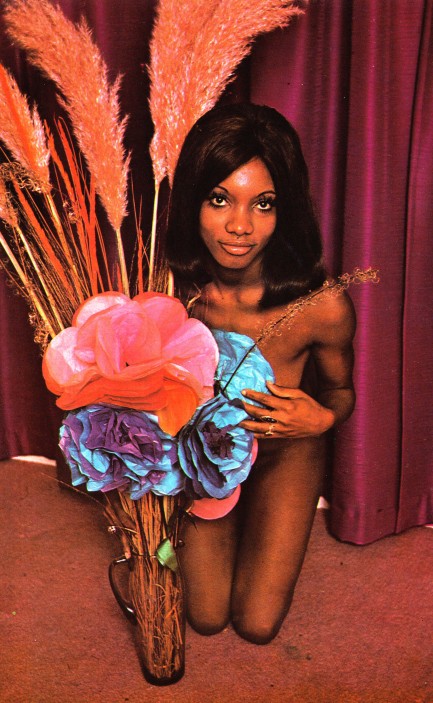
This nice floral themed photo features the beautiful U.S. model and actress Mary Weston—aka Venetia Day, Venecia Day, and Vinicia Day. The shot came from a Dutch magazine called Blacky. Yes, you just read that correctly. We just work here. Those old supersaturated Dutch nudie mags often didn't bother with copyright info, but we're guessing the image appeared around 1975. Weston/Day had several notable acting roles, including in the film Can I Keep It Up for a Week? and the television shows Smiley's People and The Chinese Detective. All good, but we particularly dig the fact that she had an uncredited appearance in the cheeseball sci-fi show Space: 1999, which we've been watching of late and really love, in that guilty pleasure sort of way. You may be wondering if Weston/Day ever got out from behind those flowers, and in fact she did. We'll show you one of those photos later. Meantime, you can see more of her inside a tabloid we uploaded several years ago. Look here.
 Vintage men's magazine stands at the threshold to a new era. 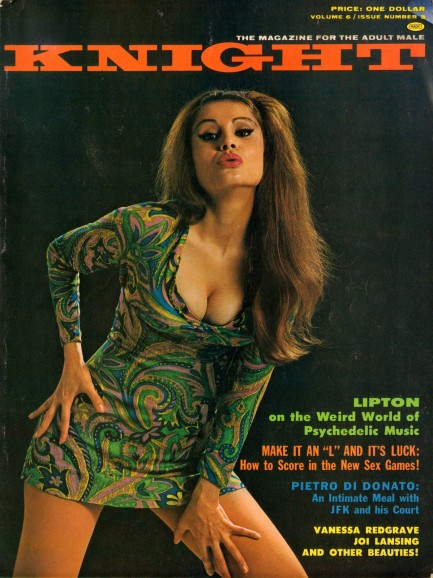
In many countries during the late 1960s the newsstands were still dominated by nudie mags that bore classical, studio nude-style depictions of women, but the transition toward magazines recognizable as modern porn was well underway. Knight, from Sirkay Publishing out of Los Angeles, is one of those transitional magazines. It debuted as Sir Knight in 1958 with a focus on fiction, humor, and demure photo features. The above issue published in 1967 is a bit racier, but still middle-of-the road for the time period. In another few years pubic hair would be on display in American men's magazines. Soon after that the pearly gates would appear, and in short order they'd be wide open. Did we really write that? Sorry—it's the booze talking.
On the cover here is Rita Rogers, touted as the next big thing, but who made only a few magazine appearances as far as we can tell. Inside you get William Holden, Turkish bellydancer Kiash Nanah, aka Aïché Nana, whose impromptu strip in a Rome cafe we talked about a while back, and actress Joi Lansing, whose age resistant DNA we talked about here. And you get some fantastic art, much of it with a psychedelic edge. There's also an article on psychedelic music, so that seems to have been a theme with this issue. We love these old nudie publications. They're so innocent by today's bizarro standards that if you caught your kid looking at one you'd probably hug him and go, “You've made me very, very happy!” Scans below.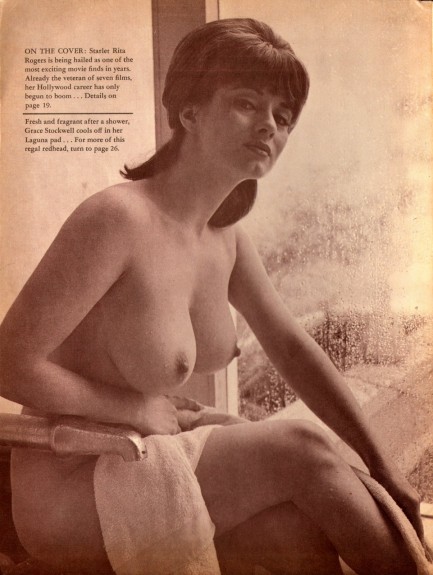 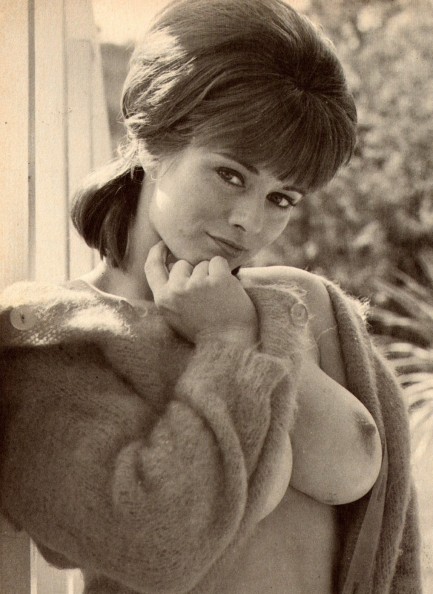 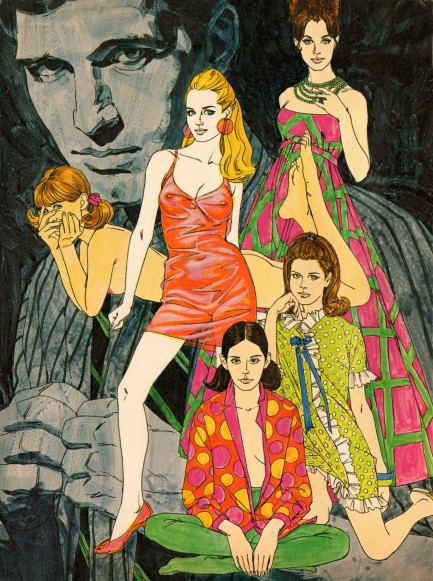 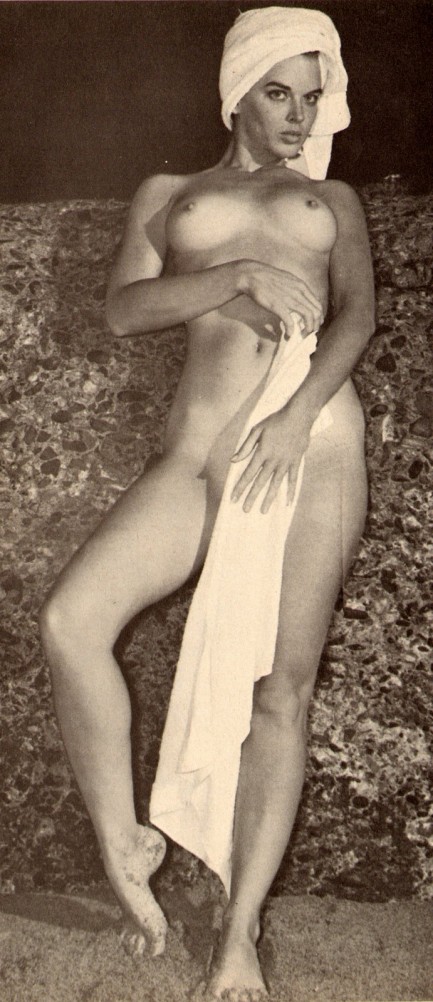 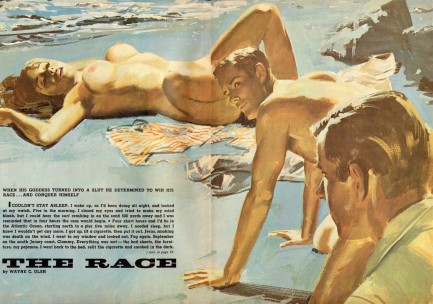 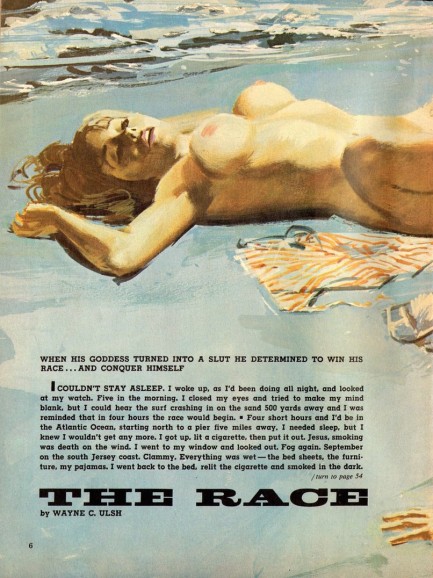 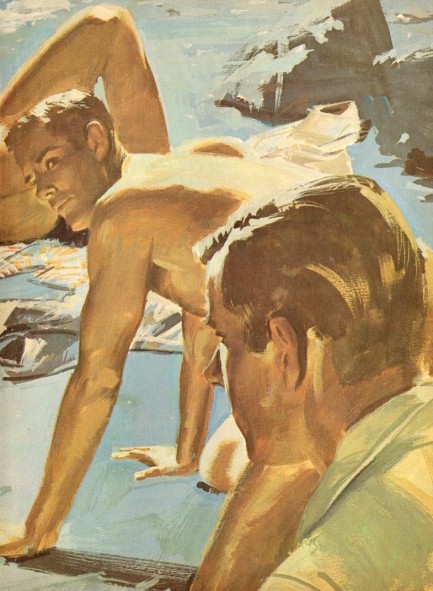 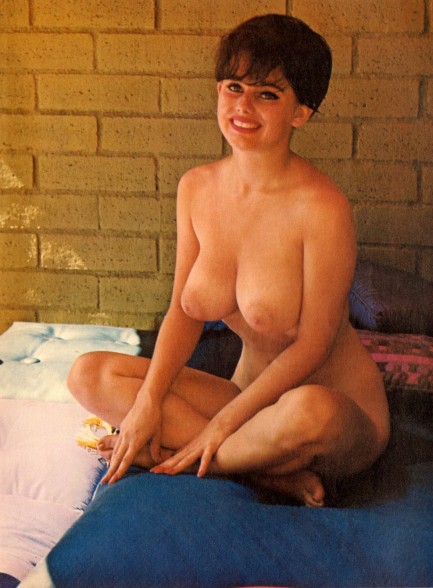 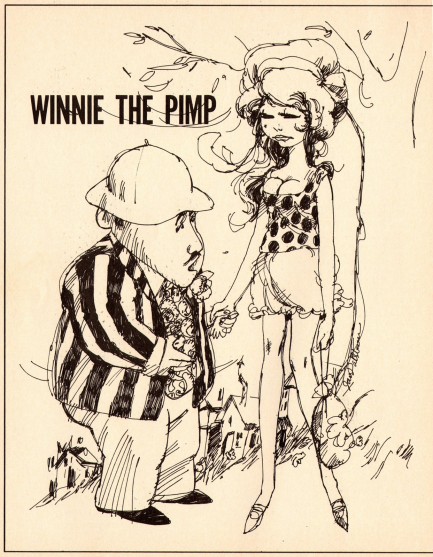 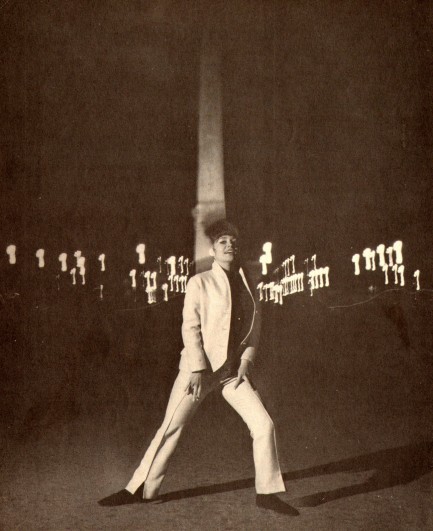 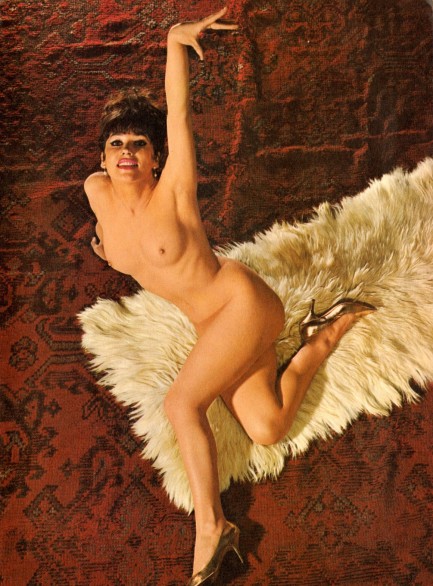 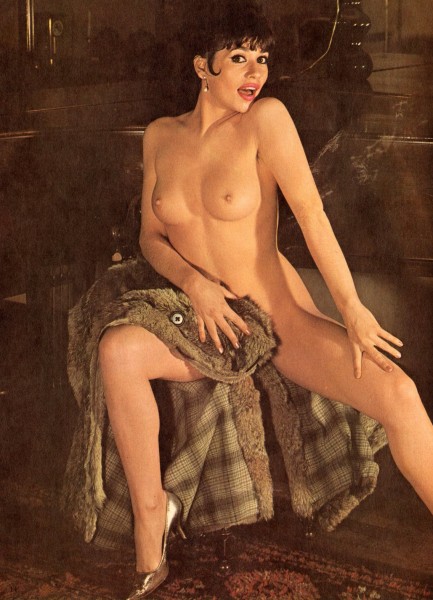 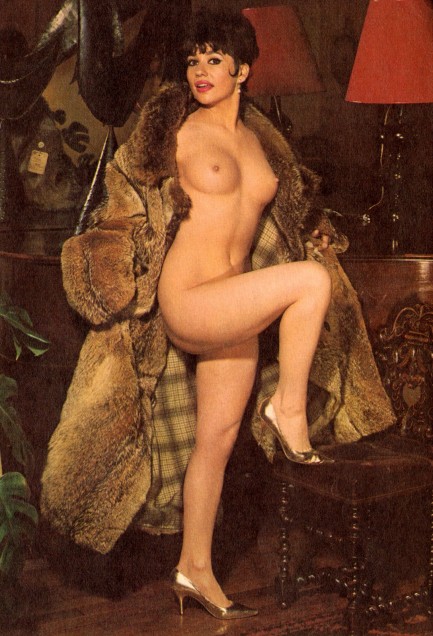 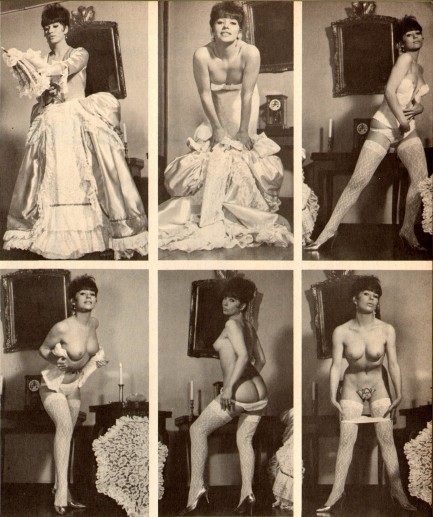 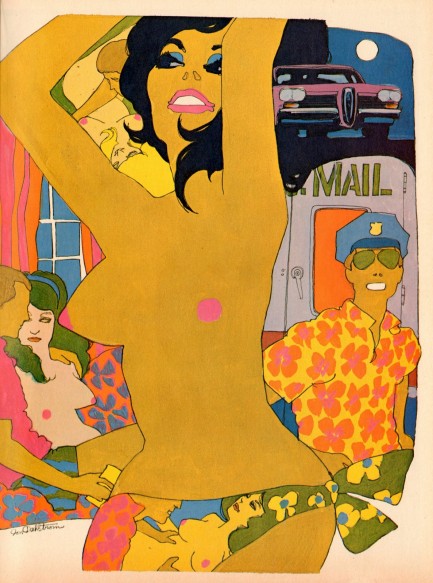 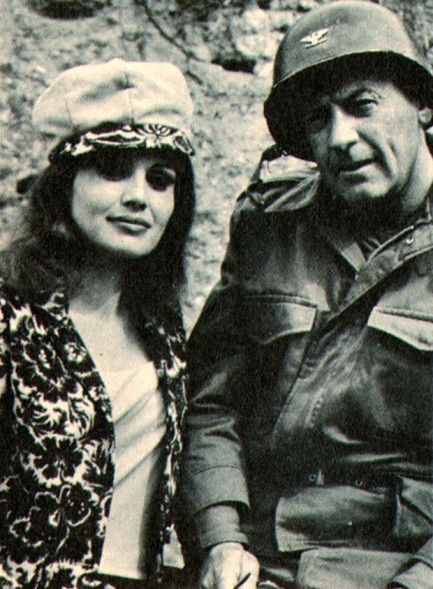 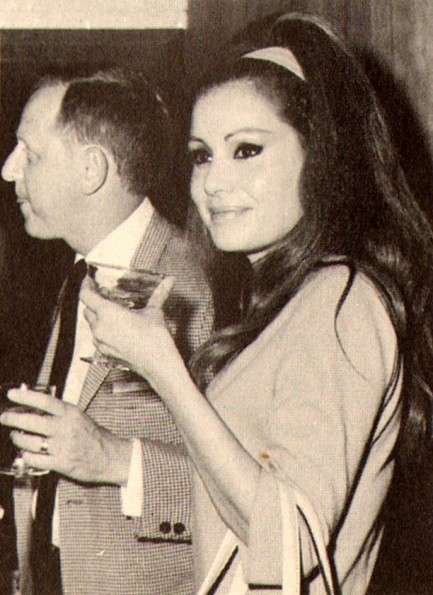  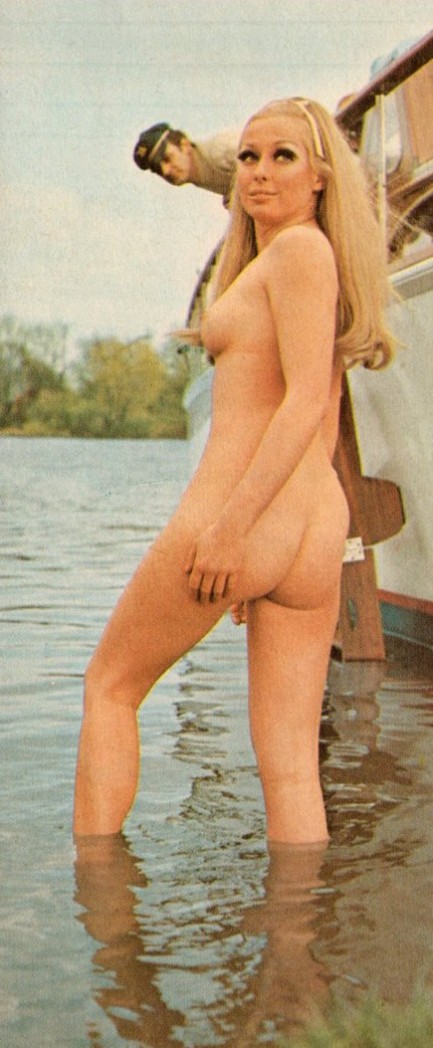 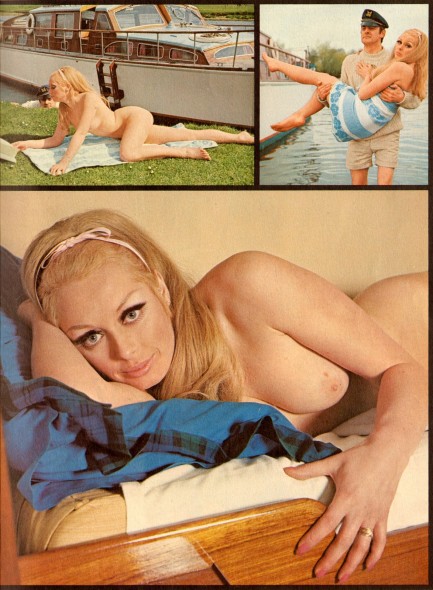 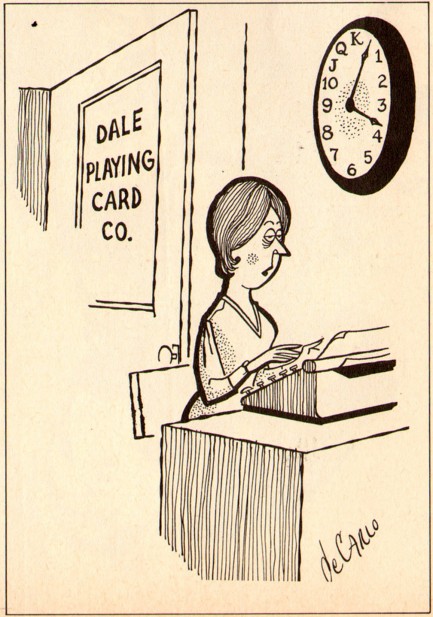 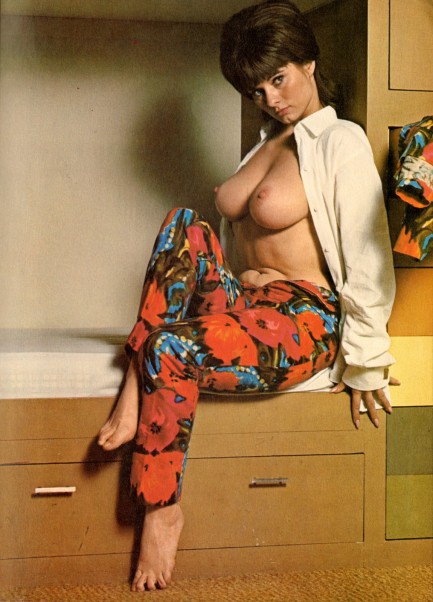  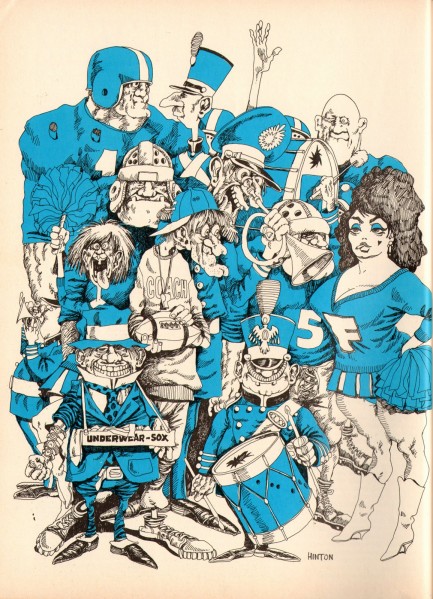 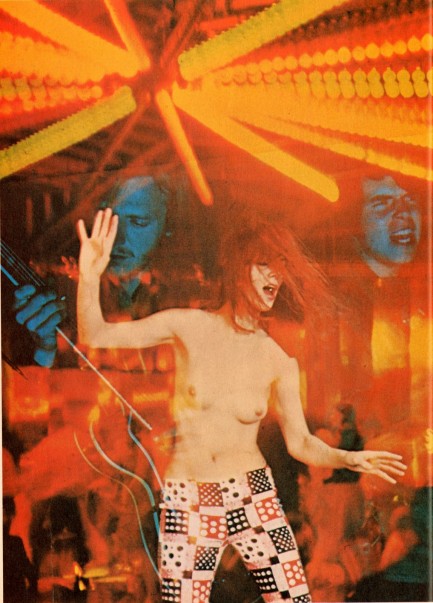 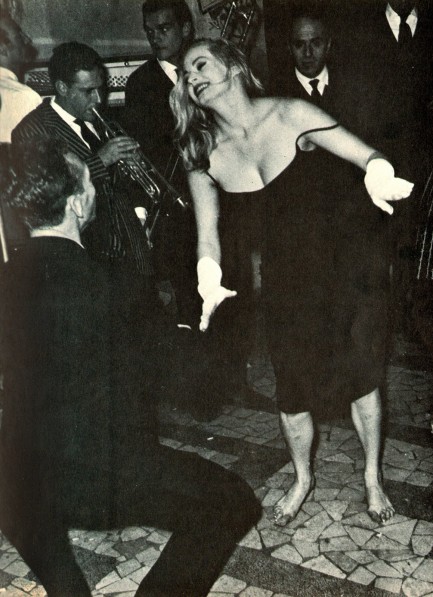 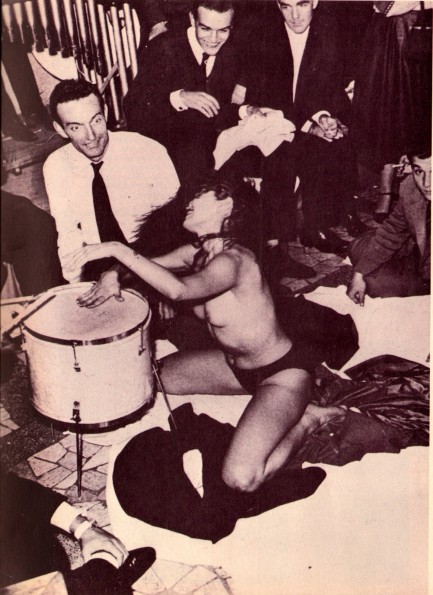 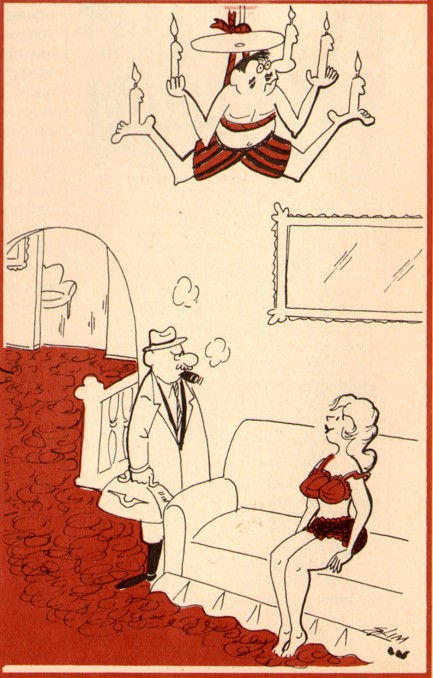 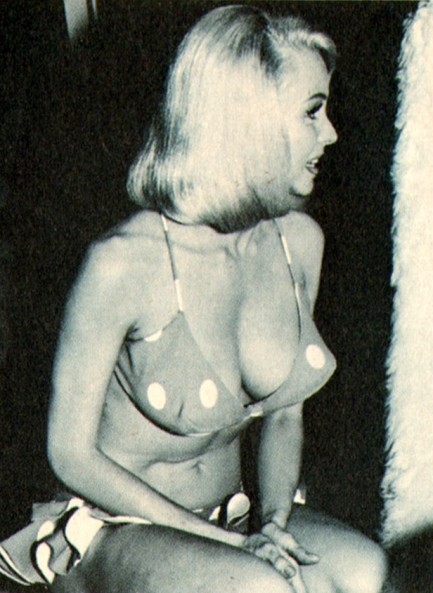 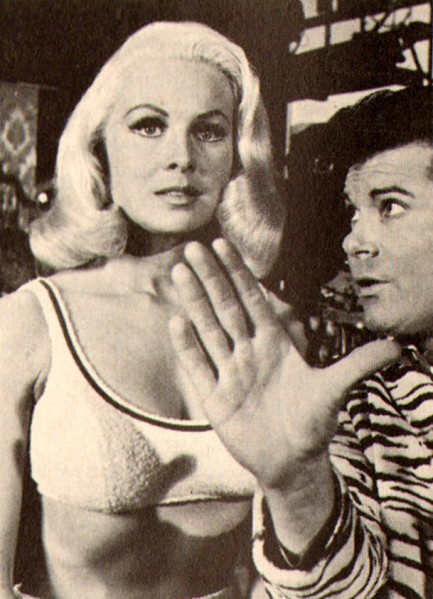 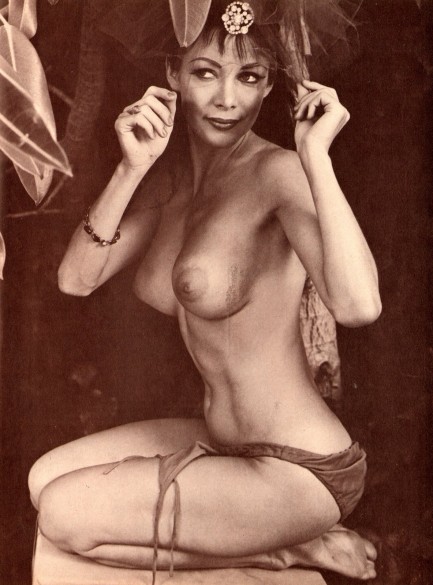 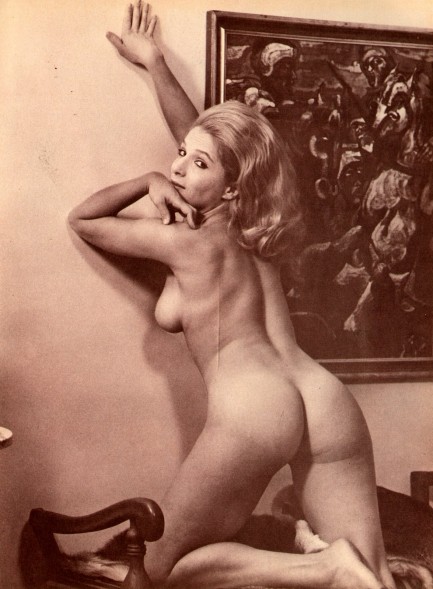 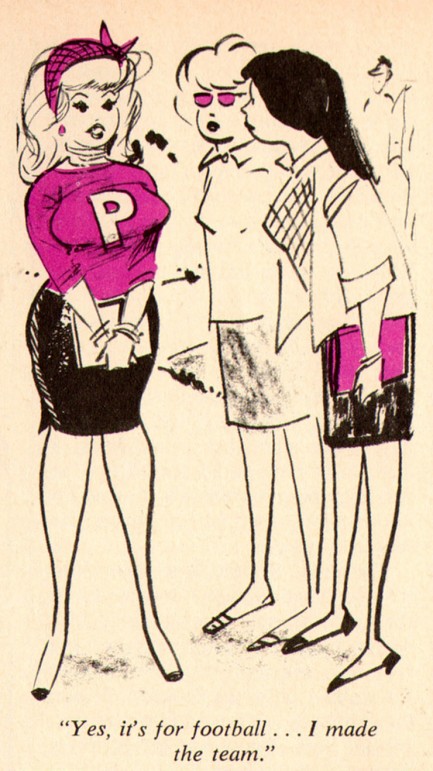 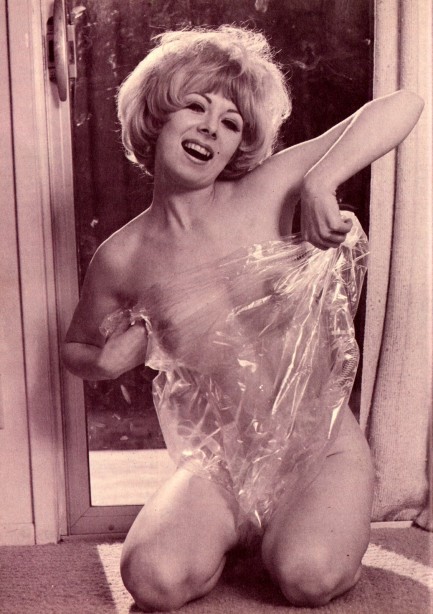 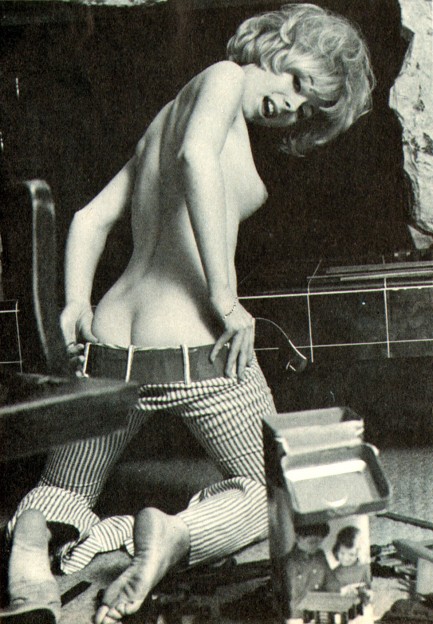 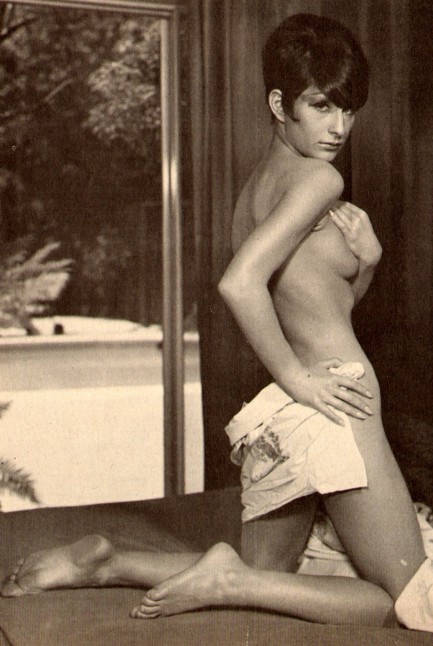 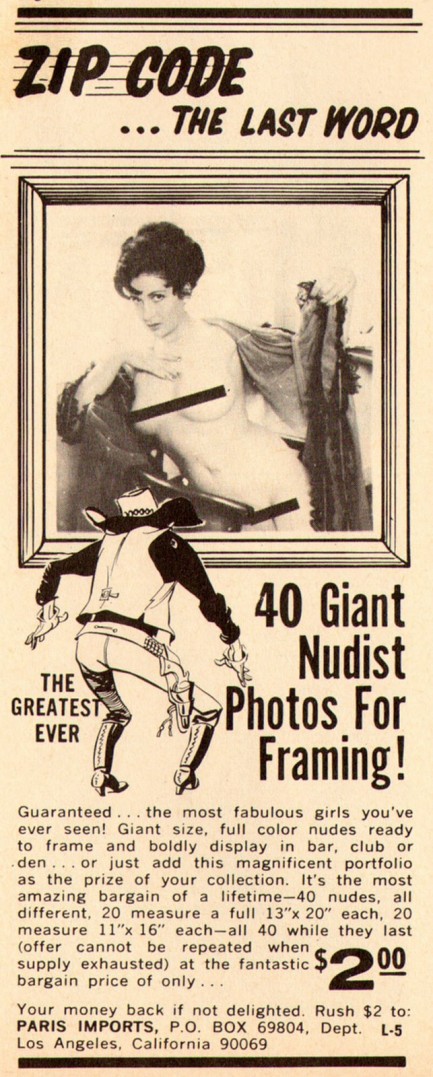 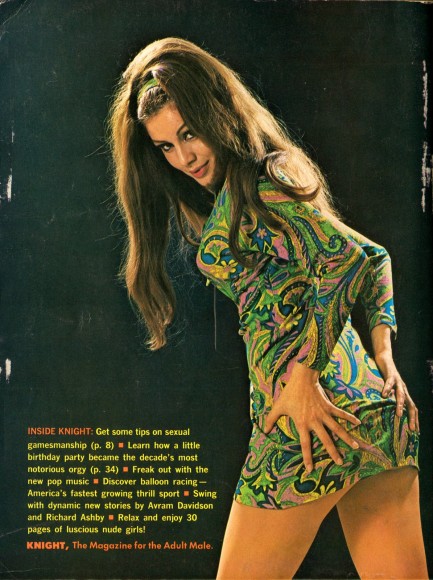
 We suspect Le Corbusier would have wanted a model to enhance his furniture, not eclipse it altogether. 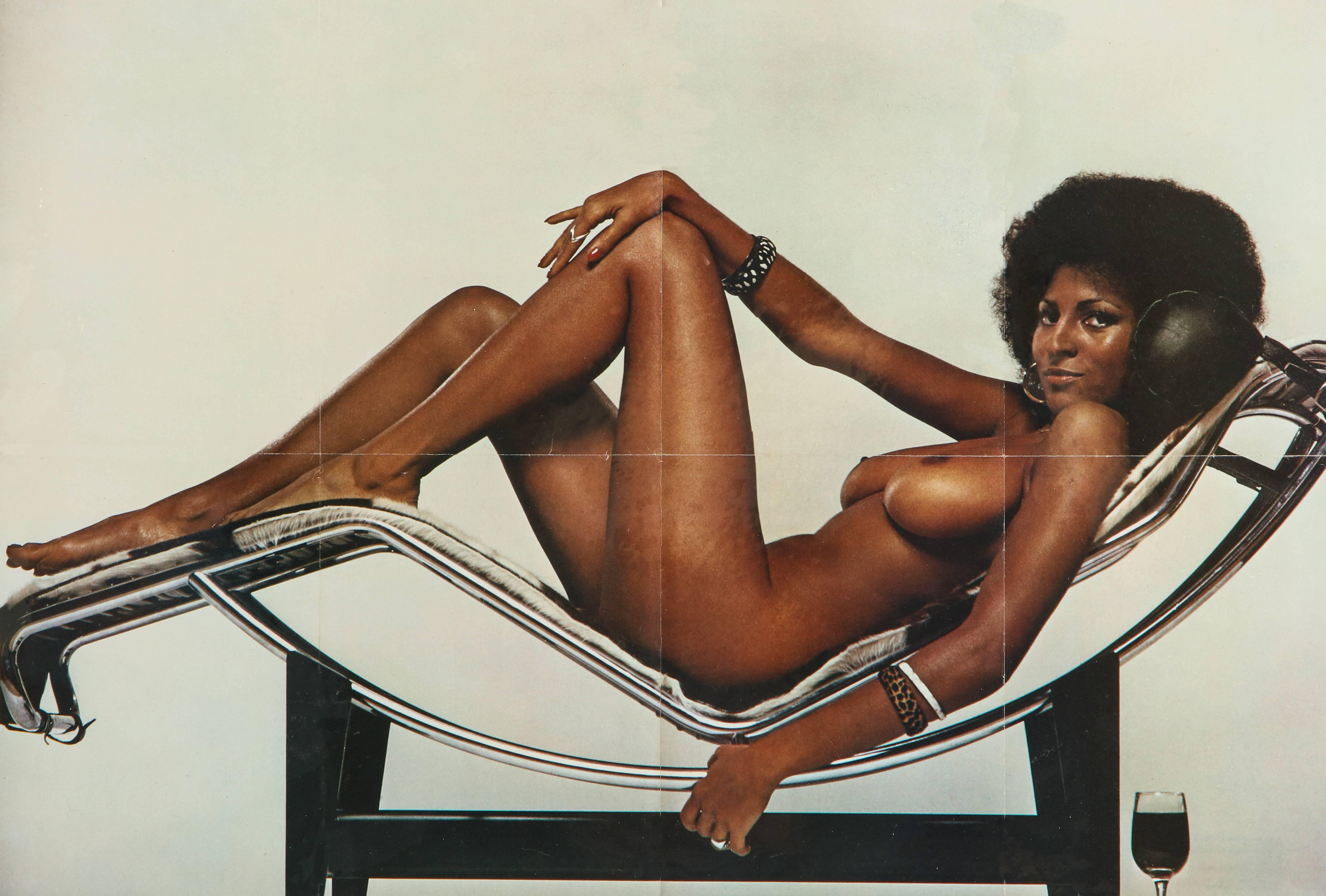
This image of Pam Grier, which came from a high-end auction site, is an eight-panel centerfold from an issue of Players magazine originally published in 1974. She's posed on a Le Corbusier lounge. Did you care at all? We have a feeling you didn't. Le Corbusier died in 1965, and if he hadn't, this surely would have made his heart stop. It's one of Grier's most provocative shots, and we can't not have it on the site, a type of imperative we've discussed before. We've also done something special with it, just for you. While it's only 433 pixels wide visually, the file is more than ten times that size digitally. Pull it off the page and you'll have your own 5,000 pixel image of one of U.S. cinema's most iconic stars. Or alternatively, you can just look at the chair. 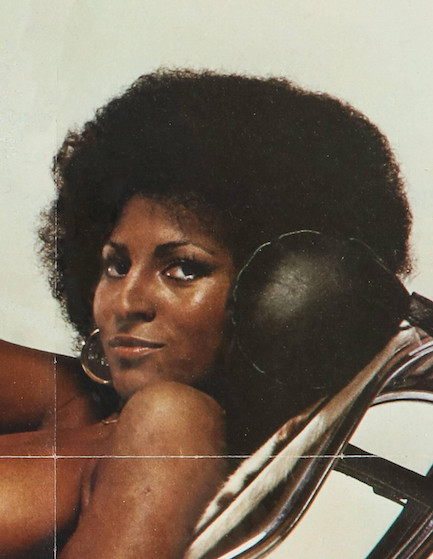
Note: It turns out Le Corbusier didn't design this lounge after all. He was so famous by 1974 that he employed apprentice designers, tasked them with creating what he deemed minor items, but placed his studio's name on the final results. Though every website we checked gave Corbusier credit, this iconic piece of furniture was actually the work of Charlotte Perriand, who is, all these years later, also considered a grand master of modern design.
 You ever had a vision Cyr itself into your brain? 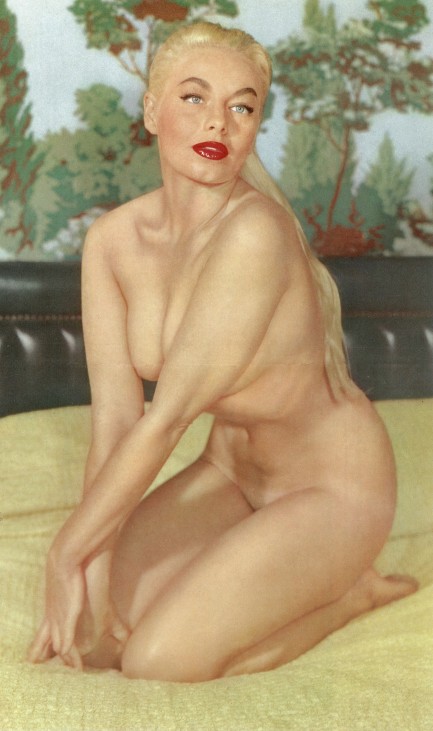
This nude image of burlesque queen Lili St. Cyr brings to mind classical paintings. At least it does to us, but since it isn't a painting, we guess it's just porn. Funny how that works. The shot appeared as Cabaret magazine's centerfold this month in 1957 with a logo and text, but we wiped it to get a clean image. Wiped her pubic hair too. Actually, that wasn't us. We are tireless in our retouching efforts, but that's part of—or actually, isn't part of—the original image. But if you ask real nice maybe we'll give her a big ole bush, just for fun.

|
 |

The headlines that mattered yesteryear.
2003—Hope Dies
Film legend Bob Hope dies of pneumonia two months after celebrating his 100th birthday. 1945—Churchill Given the Sack
In spite of admiring Winston Churchill as a great wartime leader, Britons elect
Clement Attlee the nation's new prime minister in a sweeping victory for the Labour Party over the Conservatives. 1952—Evita Peron Dies
Eva Duarte de Peron, aka Evita, wife of the president of the Argentine Republic, dies from cancer at age 33. Evita had brought the working classes into a position of political power never witnessed before, but was hated by the nation's powerful military class. She is lain to rest in Milan, Italy in a secret grave under a nun's name, but is eventually returned to Argentina for reburial beside her husband in 1974. 1943—Mussolini Calls It Quits
Italian dictator Benito Mussolini steps down as head of the armed forces and the government. It soon becomes clear that Il Duce did not relinquish power voluntarily, but was forced to resign after former Fascist colleagues turned against him. He is later installed by Germany as leader of the Italian Social Republic in the north of the country, but is killed by partisans in 1945.
|

|
|

It's easy. We have an uploader that makes it a snap. Use it to submit your art, text, header, and subhead. Your post can be funny, serious, or anything in between, as long as it's vintage pulp. You'll get a byline and experience the fleeting pride of free authorship. We'll edit your post for typos, but the rest is up to you. Click here to give us your best shot.

|
|































































































































































